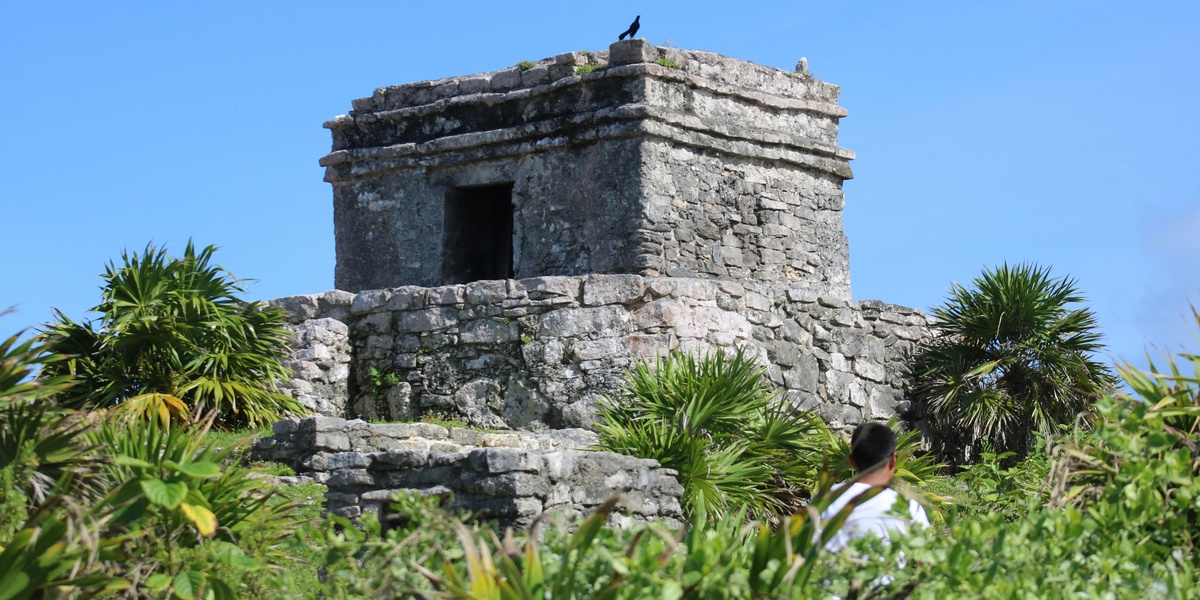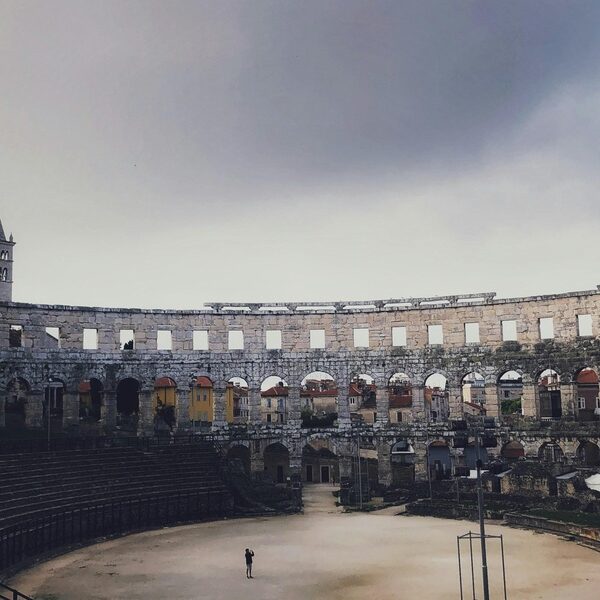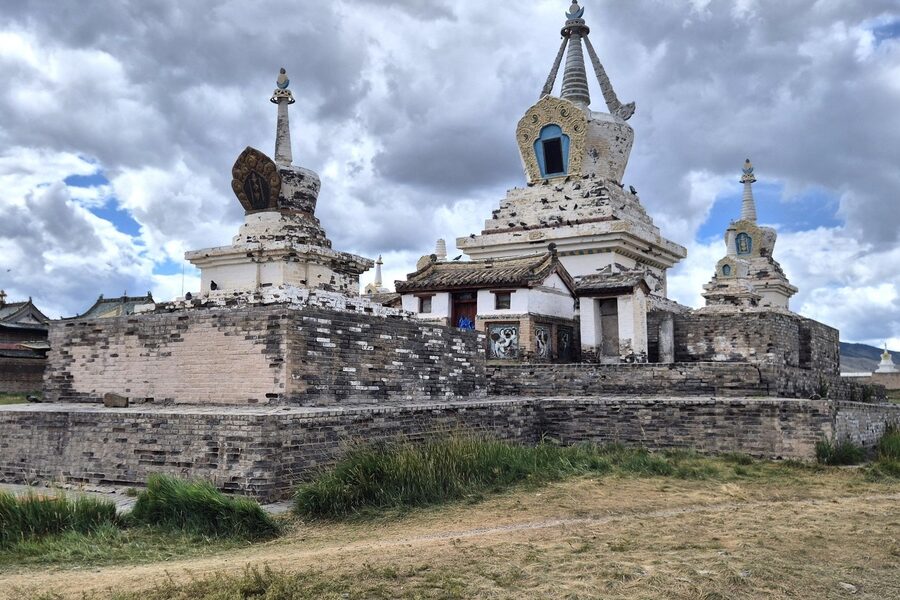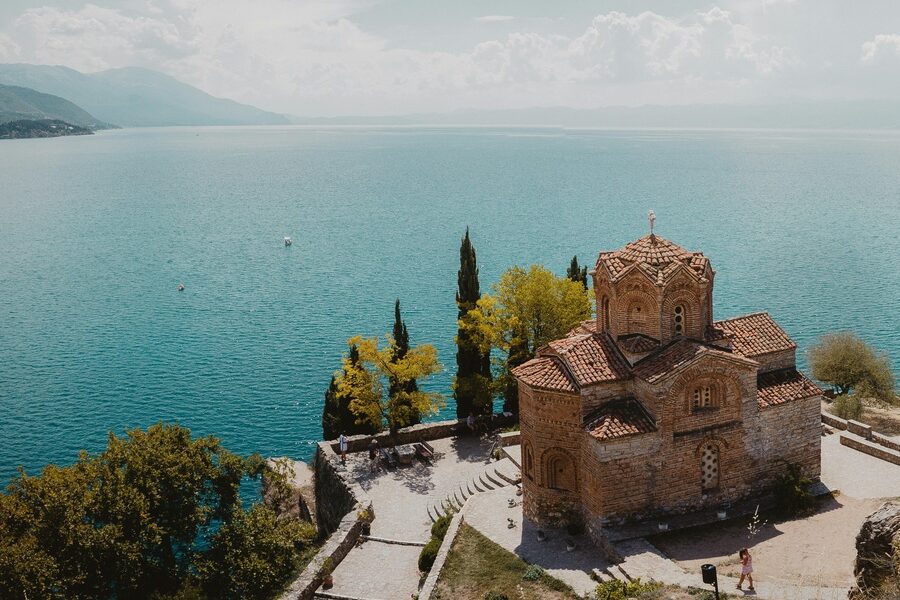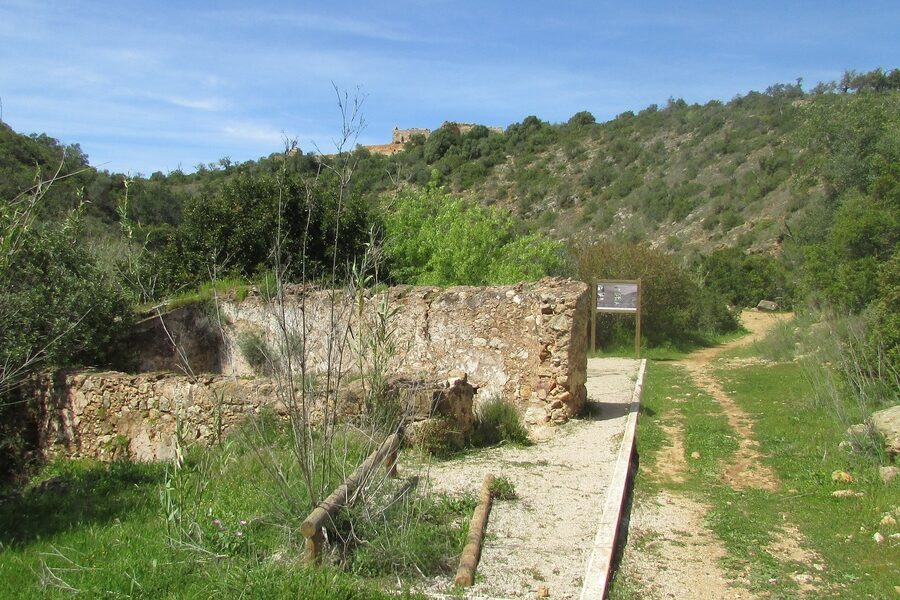Beyond the sun-drenched beaches and vibrant culture, Saint Kitts and Nevis holds a fascinating past, etched into its landscapes and architecture. These twin islands are steeped in centuries of history, from early indigenous settlements to pivotal colonial battles and the rise of the sugar industry, offering a rich tapestry for anyone eager to explore.
For those eager to delve deeper, below you’ll discover 62 Historical Places in Saint Kitts and Nevis, ranging from the pivotal Alexander Hamilton Birthplace to the sprawling ruins of Wingfield Estate. Each entry is thoughtfully organized by its Island, Historical Significance, and Visitor Interest, providing everything you need to plan your exploration.
What types of historical sites can I expect to find in Saint Kitts and Nevis?
You’ll encounter a diverse array of sites, primarily reflecting the islands’ colonial past, sugar production, and military importance. This includes well-preserved plantations like Fairview Great House, formidable fortresses such as Brimstone Hill, and remnants of early towns and churches. Many sites offer a direct link to significant historical figures and events that shaped the Caribbean.
Are most historical places on Saint Kitts or Nevis?
Both islands boast a rich concentration of historical sites, though Saint Kitts, being larger and home to the capital Basseterre, tends to have a greater number of more prominent locations, including the UNESCO World Heritage Site of Brimstone Hill Fortress. Nevis, however, offers a charming collection of plantation estates, historical churches, and the birthplace of Alexander Hamilton, making both islands essential for a full historical exploration.
Historical Places in Saint Kitts and Nevis
| Place Name | Island | Historical Significance | Visitor Interest |
|---|---|---|---|
| Brimstone Hill Fortress National Park | Saint Kitts | UNESCO World Heritage Site; massive 17th-18th century British military fortress. | Explore fortifications, cannons, and barracks with stunning panoramic island and sea views. |
| Romney Manor | Saint Kitts | 17th-century estate once owned by an ancestor of Thomas Jefferson. | See the ancient Saman tree, beautiful gardens, and the Caribelle Batik workshop. |
| Wingfield Estate | Saint Kitts | Former sugar and tobacco plantation with ruins of a rum distillery and aqueduct. | Explore the historic ruins, aqueduct, and see ancient Carib petroglyphs. |
| Carib Petroglyphs | Saint Kitts | Ancient rock carvings made by the island’s pre-Columbian Kalinago people. | View authentic Amerindian art on rocks near Wingfield Estate. |
| Bloody Point | Saint Kitts | Site of the 1626 Kalinago Genocide by English and French settlers. | A somber landmark commemorating a tragic event in the island’s colonial history. |
| Old Road Town | Saint Kitts | First permanent English settlement in the Caribbean, established by Sir Thomas Warner in 1624. | Walk through the historic village, see traditional architecture and fishing boats. |
| St. Thomas’ Anglican Church, Middle Island | Saint Kitts | Oldest Anglican church in the English-speaking Caribbean, dating to 1625. | Visit the historic church and see the tomb of Sir Thomas Warner. |
| Sir Thomas Warner’s Tomb | Saint Kitts | Gravesite of the first English governor who established the settlement on St. Kitts. | See the elaborate epitaph on his tomb at St. Thomas’ Anglican Church. |
| Independence Square | Saint Kitts | Formerly a slave market, this park is a central hub in historic Basseterre. | Relax by the fountain in a park surrounded by historic Georgian architecture. |
| The Treasury Building | Saint Kitts | Iconic 1894 colonial building on the Basseterre waterfront, housing the National Museum. | Admire the grand architecture and visit the National Museum of Saint Kitts. |
| National Museum of Saint Kitts | Saint Kitts | Located in the historic Treasury Building, it showcases the nation’s history and culture. | Learn about the islands’ journey from pre-history to independence through various exhibits. |
| The Circus | Saint Kitts | Modeled on London’s Piccadilly Circus, a focal point of Basseterre’s historic downtown. | View the iconic green Berkeley Memorial Clock and surrounding colonial-style buildings. |
| Berkeley Memorial Clock | Saint Kitts | A distinctive four-faced clock tower built in 1883 in the center of The Circus. | A popular landmark and meeting point in the heart of historic Basseterre. |
| St. George’s Anglican Church | Saint Kitts | Originally a French church from 1670, rebuilt multiple times after disasters. | Admire the impressive stone architecture of this prominent Basseterre landmark. |
| Co-Cathedral of Immaculate Conception | Saint Kitts | A grand Catholic church in Basseterre, built in 1927 on a historic site. | View its impressive twin towers and clock, a major feature of the cityscape. |
| Charles Fort | Saint Kitts | 17th-century coastal fortification that once protected the capital, Basseterre, from sea attacks. | Explore the well-preserved ruins and cannons with views of the harbor. |
| Spooner’s Ginnery | Saint Kitts | Site of the last operational cotton ginnery, representing an important agricultural era. | See the remains of industrial heritage and learn about the island’s cotton production. |
| Black Rocks | Saint Kitts | Dramatic volcanic rock formations from Mount Liamuiga’s last eruption, a historic natural landmark. | Witness the power of nature and the rugged beauty of the island’s coastline. |
| Estridge Estate | Saint Kitts | A well-preserved sugar plantation ruin with a prominent chimney and windmill base. | Explore one of the most picturesque and photogenic plantation ruins on the island. |
| Ottley’s Plantation | Saint Kitts | A former 18th-century sugar plantation with a restored great house and sugar factory ruins. | Walk the grounds, view the ruins, and experience a historic plantation setting. |
| Lodge Estate | Saint Kitts | Site of the 1935 sugar workers’ riot, a key event in the labor movement. | A significant location in the island’s social and labor history. |
| Shadwell Great House | Saint Kitts | Ruins of an 18th-century plantation great house just outside of Basseterre. | Explore the atmospheric stone ruins of a once-grand plantation home. |
| The Georgian House | Saint Kitts | A meticulously restored example of 18th-century colonial architecture in Basseterre. | Admire the classic West Indian architecture and its ‘welcoming arms’ staircase. |
| Amazing Grace Experience | Saint Kitts | Marks the location where slave trader John Newton had his spiritual conversion. | Learn about the story behind the famous hymn “Amazing Grace” at this monument. |
| St. Kitts Scenic Railway | Saint Kitts | Utilizes the historic railway line built in the early 20th century for transporting sugarcane. | Tour the island on the “Last Railway in the West Indies”. |
| St. Kitts Sugar Factory | Saint Kitts | The central factory that consolidated sugar production until its closure in 2005. | View the imposing structure, a symbol of the end of the sugar industry. |
| Palmetto Point | Saint Kitts | Historic area with ruins of forts and plantations, significant in early colonial defense. | Explore remnants of coastal fortifications and sugar production infrastructure. |
| Fort Tyson | Saint Kitts | Ruins of a small fort in the Old Road area, part of early defenses. | Discover the lesser-known military history and ruins near the first settlement. |
| St. Anne’s Anglican Church, Sandy Point | Saint Kitts | Historic church in the old port town of Sandy Point, with a notable cemetery. | Visit a historic parish church reflecting the island’s long Anglican heritage. |
| College Street Ghaut | Saint Kitts | A historic waterway in Basseterre, once a boundary and now a drainage channel. | Observe a unique piece of urban infrastructure from the colonial era. |
| Canada Estate | Saint Kitts | Ruins of a typical sugar plantation, showcasing the island’s dominant industry for centuries. | Explore the remains of the boiling house and chimney. |
| Molineux Estate | Saint Kitts | Site of an 1831 slave revolt, a key location in emancipation history. | A place of significant historical importance for the struggle against slavery. |
| Christ Church Nichola Town Anglican Church | Saint Kitts | One of the island’s historic parish churches, established in the 17th century. | Visit the historic church and cemetery in one of the island’s oldest parishes. |
| St. Mary’s Anglican Church, Cayon | Saint Kitts | An early parish church with a long history, rebuilt over the centuries. | Explore the historic church and its peaceful churchyard in the town of Cayon. |
| Alexander Hamilton Birthplace | Nevis | Restored building on the site where US Founding Father Alexander Hamilton was born. | Visit the Museum of Nevis History housed inside this iconic Charlestown building. |
| Bath Hotel and Spring House | Nevis | The first luxury hotel in the Caribbean, built in 1778 for spa tourism. | Explore the ruins of the grand hotel and the still-flowing thermal springs. |
| St. John’s Figtree Anglican Church | Nevis | Historic 17th-century church where Horatio Nelson and Fanny Nisbet’s marriage certificate is displayed. | See the famous marriage register and experience a piece of Nelsonian history. |
| Horatio Nelson Museum | Nevis | Houses a large collection of memorabilia related to Admiral Lord Nelson’s time in Nevis. | Discover the life and career of Nelson and his connection to the island. |
| Jewish Cemetery | Nevis | One of the oldest Jewish cemeteries in the Caribbean, dating to the late 17th century. | Walk among the historic tombstones with Hebrew and Portuguese inscriptions. |
| Montpelier Estate | Nevis | Historic 18th-century sugar plantation where Horatio Nelson married Frances “Fanny” Nisbet. | Explore the grounds, see the old sugar mill, and feel the history. |
| The Hermitage Plantation | Nevis | Claims to have the oldest wooden house in the Caribbean, dating to around 1670. | See the unique historic timber-framed great house and surrounding cottages. |
| New River Estate | Nevis | The last operating sugar mill on Nevis, with well-preserved machinery and buildings. | Explore the most complete sugar works ruins on the island, including the steam engine. |
| Eden Brown Estate | Nevis | Reputedly haunted ruins of a sugar plantation great house from the 1740s. | Explore the atmospheric and spooky ruins, subject of a famous local duel legend. |
| St. Thomas’ Anglican Church, Lowland | Nevis | The oldest active Anglican church on Nevis, established in 1643. | Visit the island’s first parish church with beautiful views over to St. Kitts. |
| Cottle Church | Nevis | The first church in the Caribbean where enslaved and free people could worship together. | Visit the romantic ruins of this unique and progressive early 19th-century Anglican chapel. |
| Fort Ashby | Nevis | The first fortification built on Nevis, located near Jamestown, the island’s submerged first capital. | View the restored cannon and learn about the lost settlement of Jamestown. |
| Saddle Hill Battery | Nevis | A fortified hilltop used as a strategic lookout post by Admiral Nelson. | Hike to the ruins for spectacular 360-degree views of Nevis and beyond. |
| Fort Charles, Nevis | Nevis | The main coastal defense for Charlestown, now largely in ruins. | Explore the overgrown ruins and cannons of what was once a powerful fort. |
| St. Paul’s Anglican Church, Charlestown | Nevis | Historic church in the capital, first built in the 1680s and rebuilt. | Admire the architecture and visit the churchyard with many historic graves. |
| St. George’s Anglican Church, Gingerland | Nevis | A prominent stone church serving the hilltop parish of Gingerland, built in the 18th century. | Visit this landmark church known for its distinctive architecture and location. |
| Golden Rock Estate | Nevis | An 18th-century sugar plantation, now a hotel with restored historic buildings. | Walk through lush gardens, see the historic sugar mill, and dine on site. |
| Nisbet Plantation | Nevis | Historic plantation great house, ancestral home of Fanny Nisbet, wife of Horatio Nelson. | View the restored 1778 Great House and walk along the “Avenue of Palms”. |
| Charlestown Court House | Nevis | Historic government building in the center of Charlestown, dating to the 19th century. | See an active example of colonial civic architecture, also housing the public library. |
| Memorial Square | Nevis | A monument in Charlestown dedicated to Nevisians who died in the World Wars. | A place of quiet reflection in the heart of the capital. |
| Morgan Estate | Nevis | Ruins of a sugar plantation with a well-preserved animal mill (round). | Explore the historic agricultural machinery and structures of the sugar era. |
| Pinney’s Estate | Nevis | Former sugar plantation located behind the famous Pinney’s Beach. | See the ruins and imagine the vast scale of sugar production near the coast. |
| St. James Anglican Church, Windward | Nevis | Known as St. James Windward, a historic church with unique features. | Visit one of the oldest standing churches on Nevis, dating from the 17th century. |
| Nevis Slave Market Site | Nevis | Disputed location in Charlestown where enslaved Africans were sold upon arrival. | Reflect on the history of the transatlantic slave trade at this somber location. |
| Butler’s Manse | Nevis | Fine example of a stone-built Nevisian house, historically significant. | Admire the traditional architecture and stonework of this historic building. |
| Gingerland Methodist Church | Nevis | One of the oldest Methodist churches in the Caribbean, established in 1789. | Visit an important site for the history of Methodism in the West Indies. |
| Old Manor Estate | Nevis | Former sugar plantation with impressive ruins of the steam-powered factory and great house. | Explore the extensive and atmospheric ruins of a major industrial-era plantation. |
| Government House, Nevis | Nevis | The official residence of the Deputy Governor-General, a historic colonial-style building. | Admire the stately architecture from the outside. |
Images and Descriptions
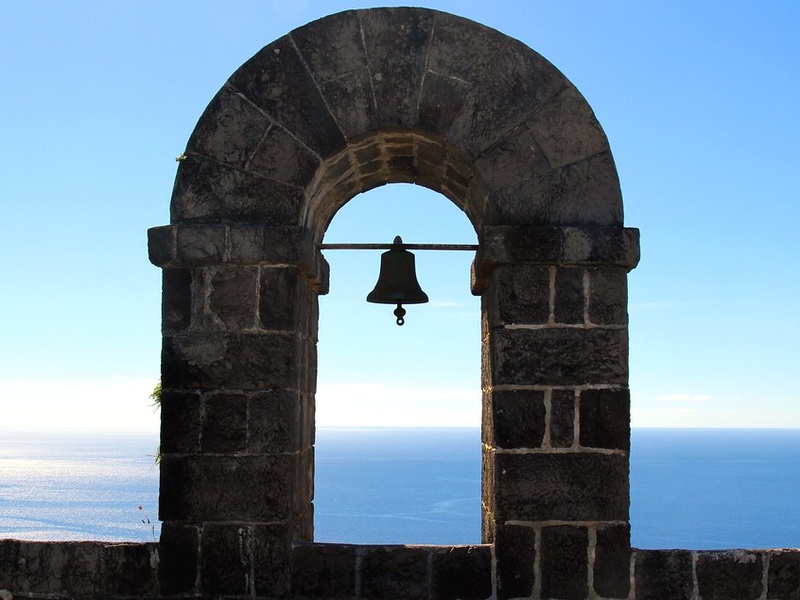
Brimstone Hill Fortress National Park
Brimstone Hill Fortress National Park is a UNESCO World Heritage Site. This large, well-preserved British fortress dates back to the 17th century. It showcases military engineering from the period. The site offers panoramic views of the surrounding islands. Its historical significance is immense, making it a key historical place in Saint Kitts and Nevis.
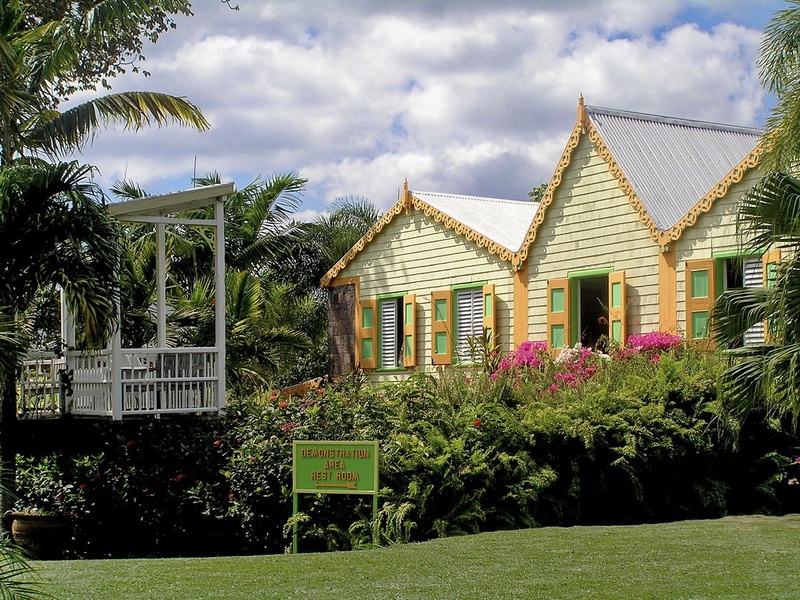
Romney Manor
Romney Manor is a historic plantation estate on St. Kitts. It was once owned by the ancestors of Thomas Jefferson. Today, it is home to the Caribelle Batik factory. The site features lush botanical gardens. It reflects the island’s colonial plantation history.
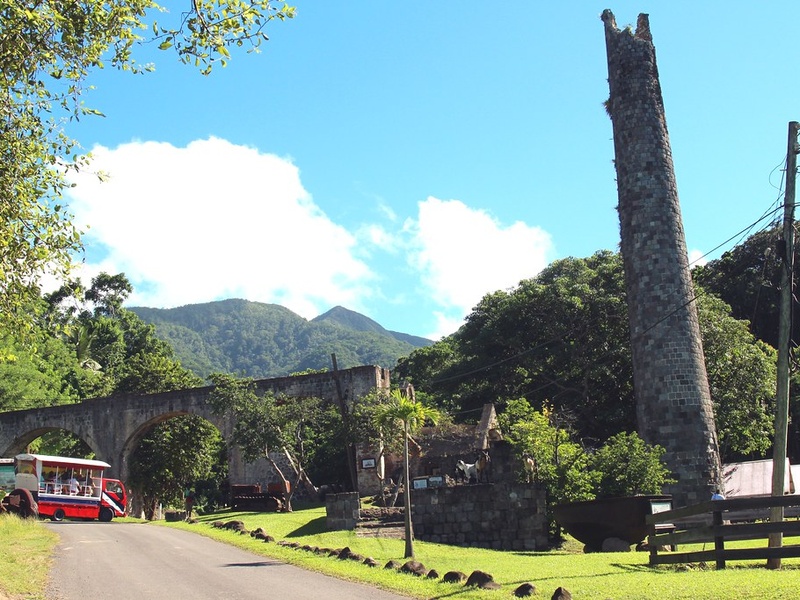
Wingfield Estate
Wingfield Estate is one of the oldest and most significant plantation sites on St. Kitts. It contains the ruins of the island’s first rum distillery and aqueduct. The estate provides insight into early colonial agriculture. Its historical structures are important examples of early industry.
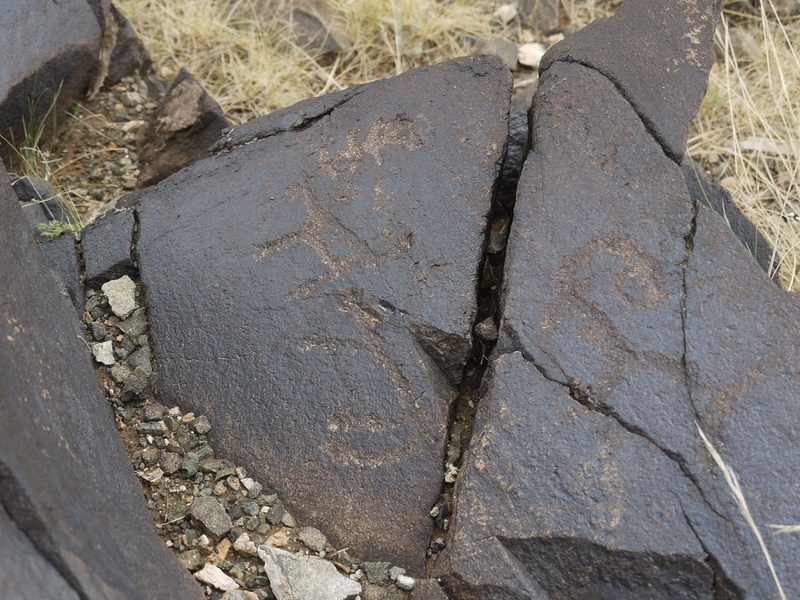
Carib Petroglyphs
Carib Petroglyphs are ancient rock carvings found on St. Kitts. These carvings were made by the island’s indigenous Carib people. They represent some of the oldest historical artifacts. The petroglyphs offer a glimpse into pre-colonial life and culture.
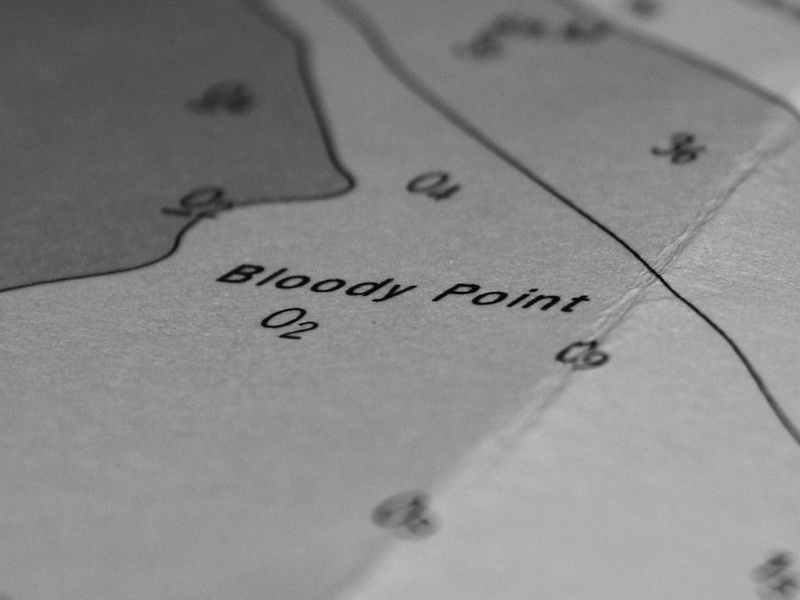
Bloody Point
Bloody Point is a significant historical site on St. Kitts. It marks the location of a brutal massacre of indigenous Carib people by European colonizers in 1626. The site serves as a somber reminder of early colonial conflicts. It is an important part of the island’s often tragic history.
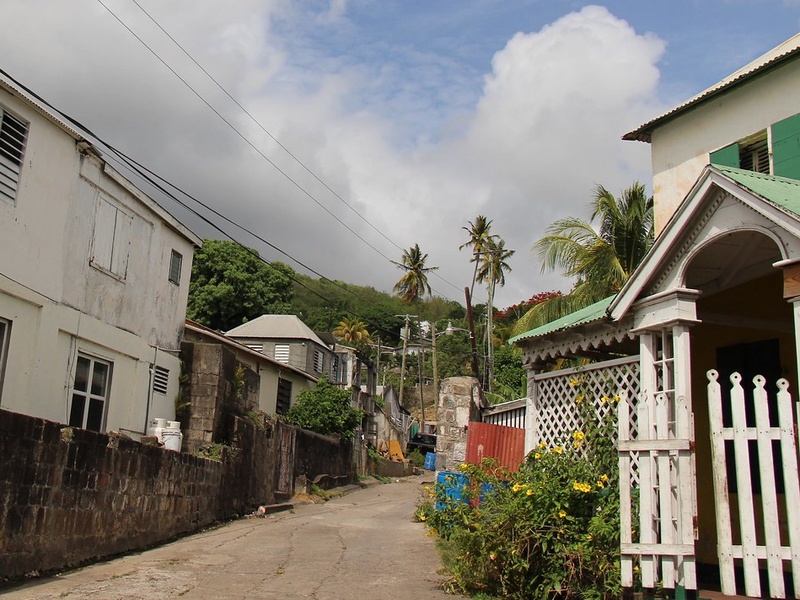
Old Road Town
Old Road Town is recognized as the first successful British settlement in the Caribbean, established in 1624. It holds historical artifacts and structures from this early period. The town played a crucial role in the region’s colonization. Its foundation marks a pivotal moment in Saint Kitts and Nevis’s history.
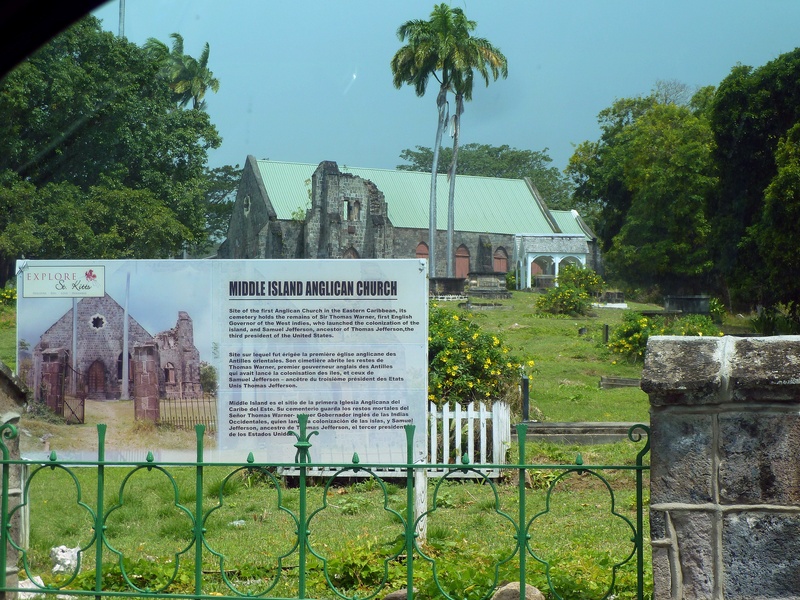
St. Thomas’ Anglican Church, Middle Island
St. Thomas’ Anglican Church in Middle Island is one of the oldest churches on St. Kitts. It dates back to the 17th century. The church’s architecture reflects early colonial religious practices. It serves as a continuing place of worship and a historical landmark.
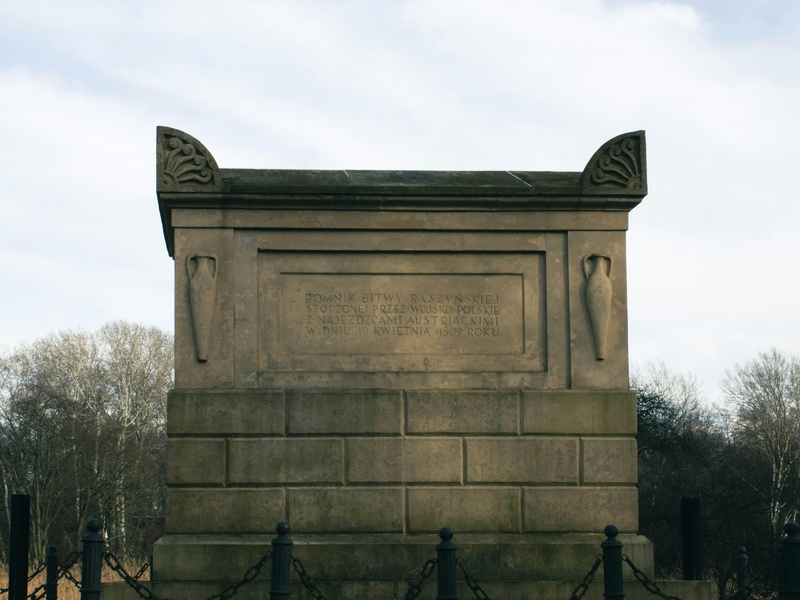
Sir Thomas Warner’s Tomb
Sir Thomas Warner’s Tomb is located at St. Thomas’ Anglican Church, Middle Island. Sir Thomas Warner was the first English governor of St. Kitts. His tomb marks the burial place of a pivotal figure in the island’s colonial history. This site is essential for understanding the island’s origins.
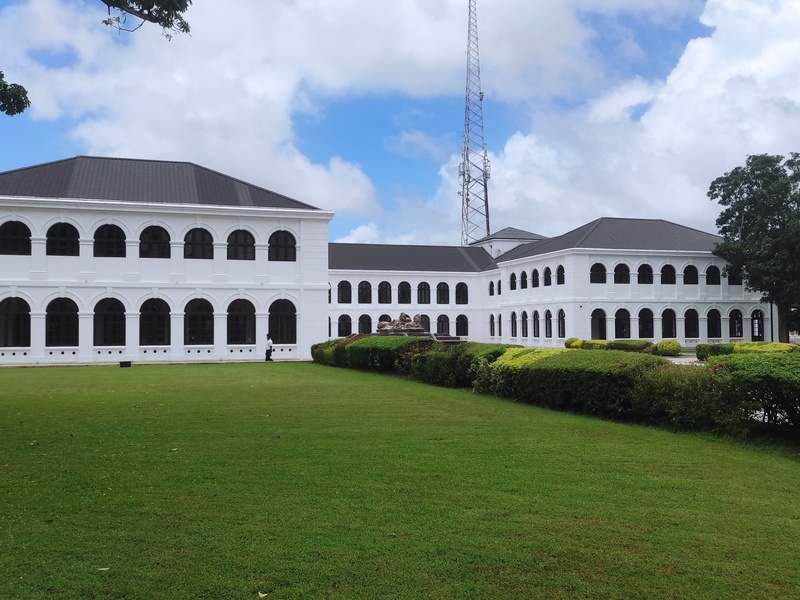
Independence Square
Independence Square is a central public space in Basseterre, St. Kitts. It was originally a slave market in the 18th century. Today, it is a place for national events and recreational activities. Its transformation reflects the island’s journey from slavery to independence.
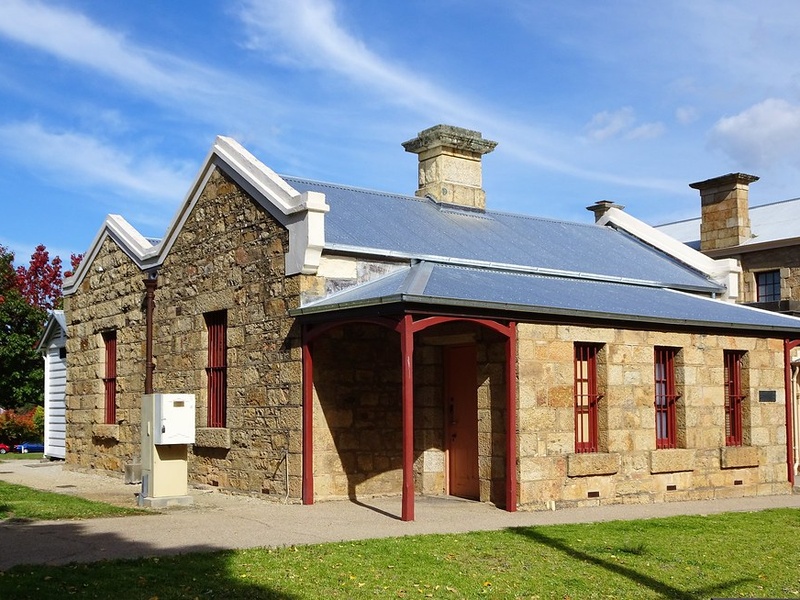
The Treasury Building
The Treasury Building is an iconic historical structure in Basseterre, St. Kitts. It stands prominently on the waterfront. The building once served as the island’s customs house and treasury. Its distinctive architecture is a city landmark.
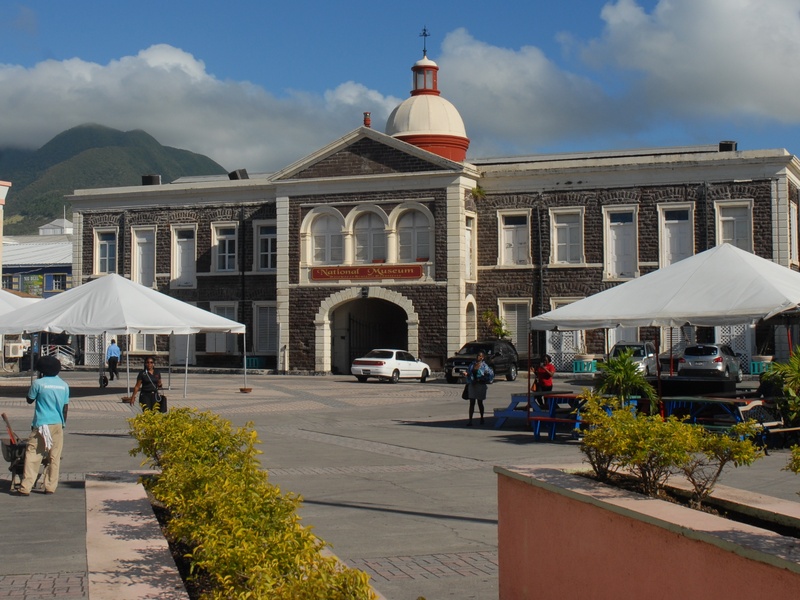
National Museum of Saint Kitts
The National Museum of Saint Kitts is housed in the historic Treasury Building. It preserves and displays the rich history and culture of the islands. The museum offers exhibits on indigenous life, slavery, and colonial eras. It is a vital resource for understanding the past.
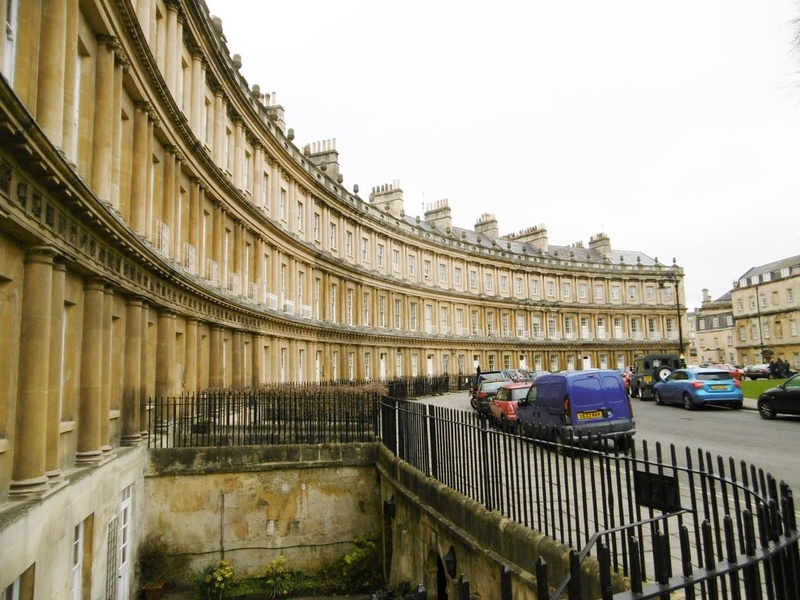
The Circus
The Circus is a prominent roundabout in Basseterre, St. Kitts. It is modeled after Piccadilly Circus in London. The area is a key commercial and social hub. Its colonial design adds to the city’s unique historical character.
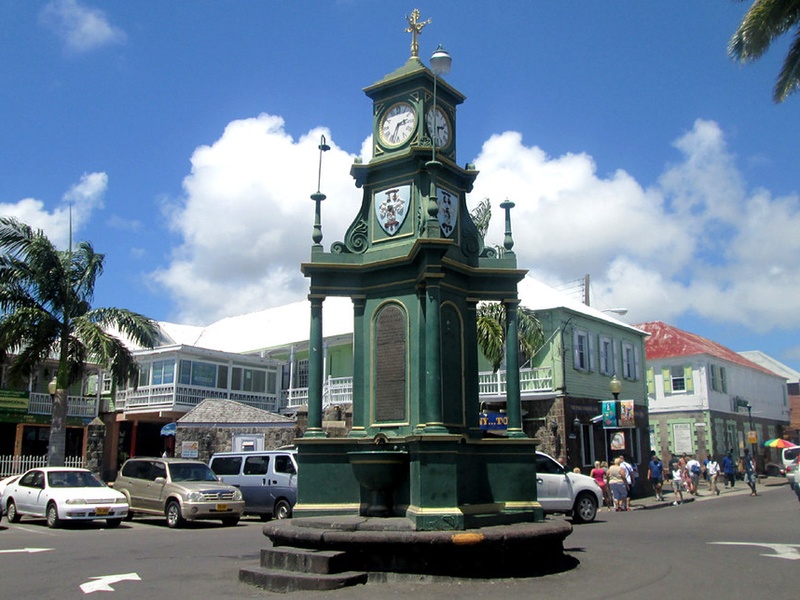
Berkeley Memorial Clock
The Berkeley Memorial Clock stands in the center of The Circus in Basseterre. It is a multi-sided clock tower with a fountain. The memorial honors Thomas Berkeley, a past president of the General Legislative Council. It is a well-known city landmark.
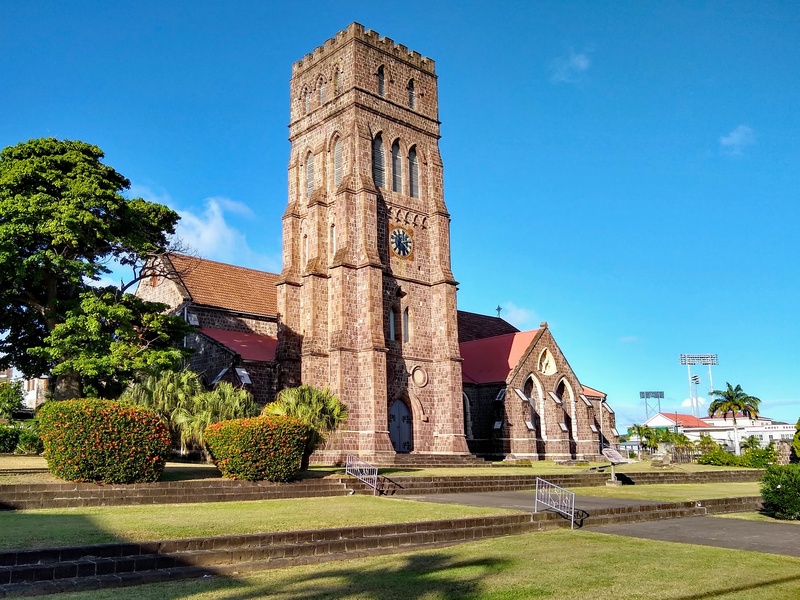
St. George’s Anglican Church
St. George’s Anglican Church is a prominent religious landmark in Basseterre, St. Kitts. It has been rebuilt multiple times due to fires and earthquakes. The church stands as a symbol of resilience and faith. Its long history is intertwined with the city’s development.
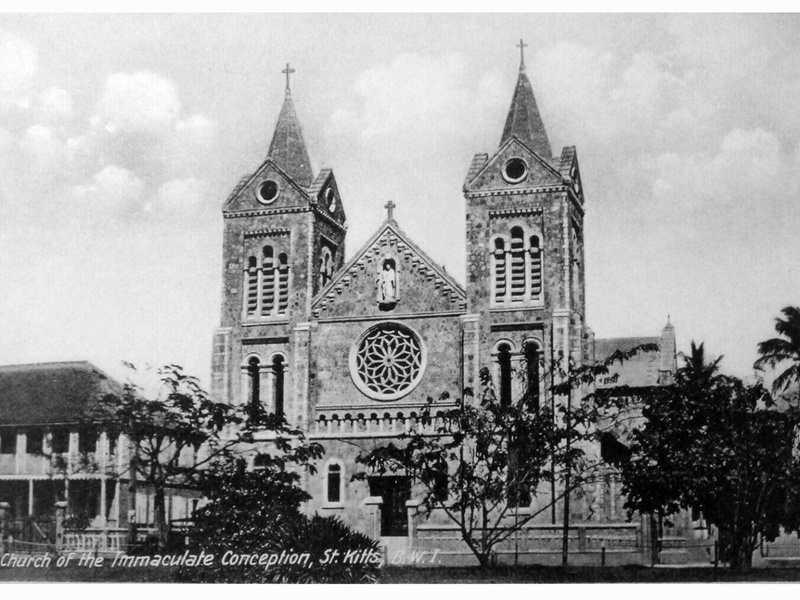
Co-Cathedral of Immaculate Conception
The Co-Cathedral of Immaculate Conception is a major Roman Catholic church in Basseterre, St. Kitts. It is a beautiful example of religious architecture. The Co-Cathedral serves as a significant spiritual center for the community. Its presence reflects the island’s diverse religious heritage.
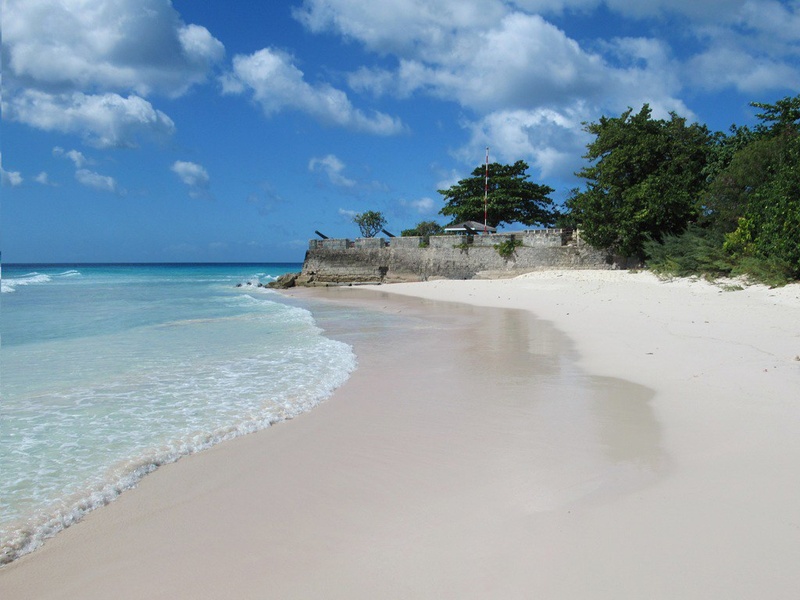
Charles Fort
Charles Fort is a historic military fortification located on the coastline of St. Kitts. It was built to protect Basseterre harbor. The fort’s ruins offer insight into colonial defensive strategies. It played a role in the island’s military history.
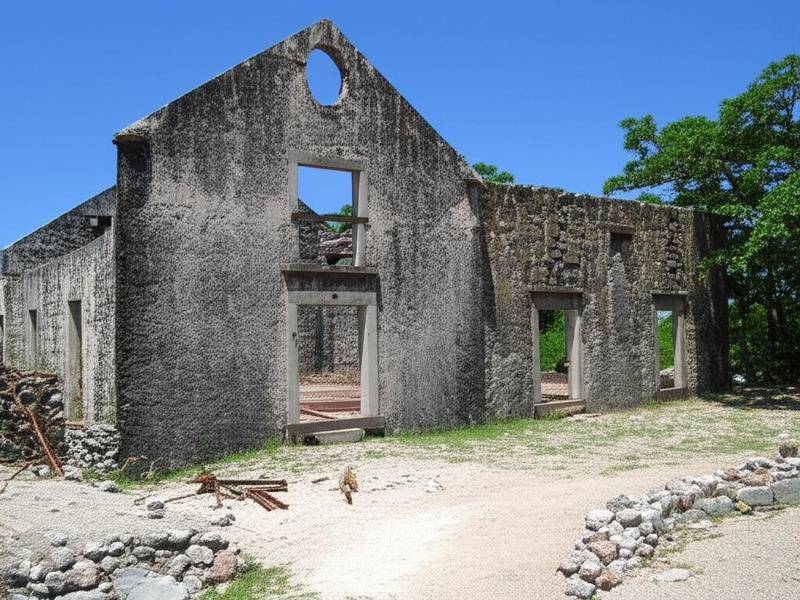
Spooner’s Ginnery
Spooner’s Ginnery is a well-preserved historical site on St. Kitts dedicated to cotton processing. It was once a working cotton ginnery. The site provides a glimpse into the island’s agricultural past beyond sugar. It is a testament to the diversity of colonial industries.
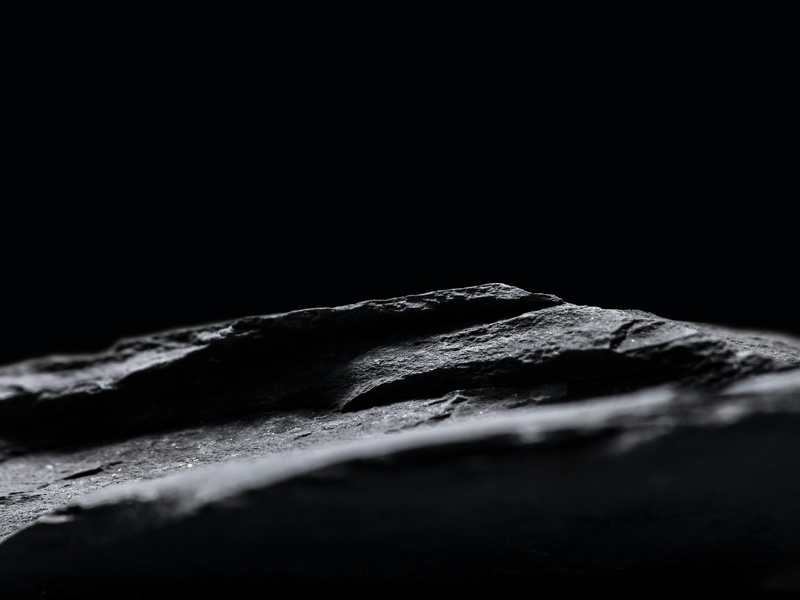
Black Rocks
Black Rocks are striking volcanic rock formations on the northern coast of St. Kitts. While a natural wonder, the landscape itself tells a story of the island’s volcanic origins. The dramatic cliffs are a result of historical geological activity. This site showcases the island’s ancient natural history.
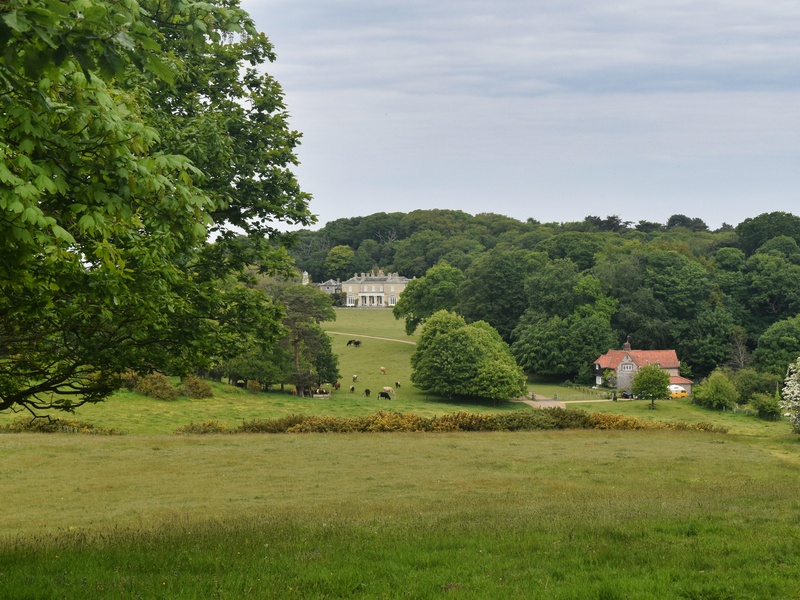
Estridge Estate
Estridge Estate is a historic sugar plantation ruin on St. Kitts. Its remaining structures offer a look into the island’s dominant sugar industry. The estate provides insight into the lives of both planters and enslaved people. It is a significant site for understanding the plantation economy.
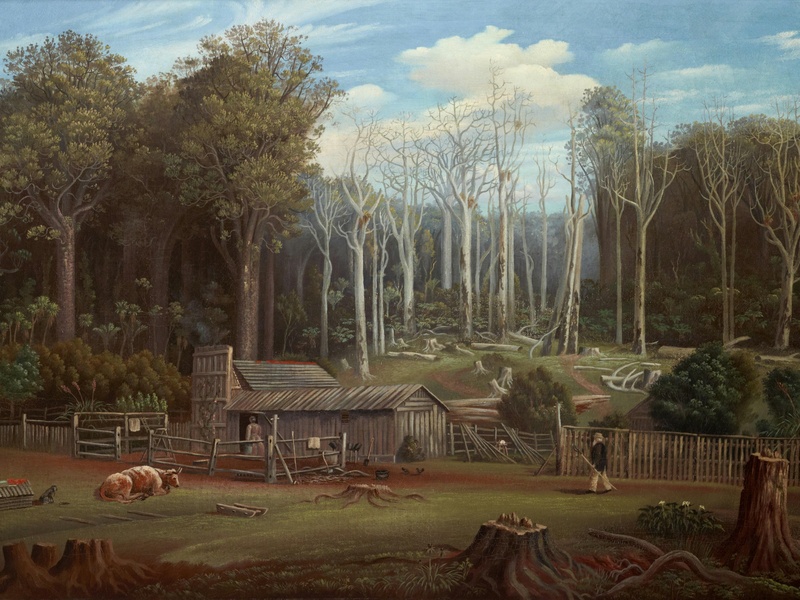
Ottley’s Plantation
Ottley’s Plantation is a former sugar estate on St. Kitts, now operating as a luxury inn. The site preserves elements of its plantation history, including original stone buildings. It represents the adaptive reuse of historical properties. Its transformation highlights the island’s evolving economy.
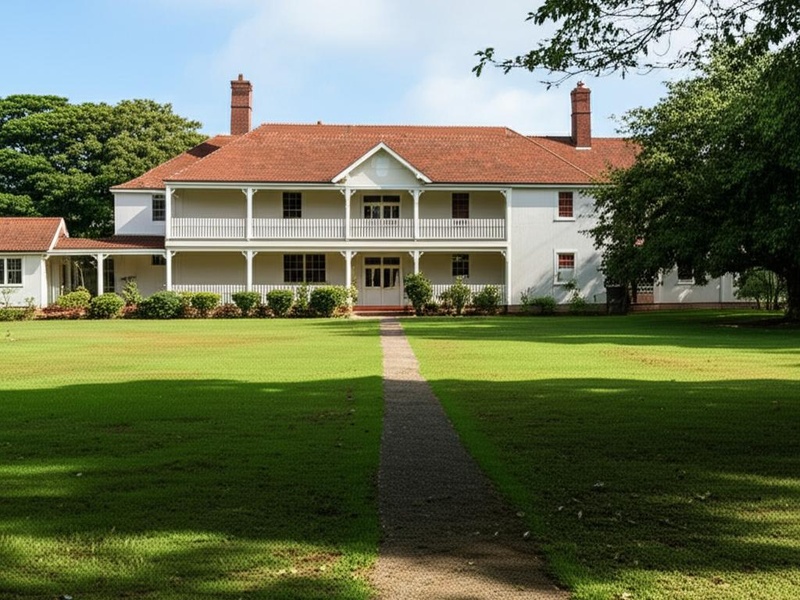
Lodge Estate
Lodge Estate is another significant former sugar plantation on St. Kitts. The ruins and remaining structures hint at its past agricultural importance. It contributes to a broader understanding of the island’s sugar production. The estate is part of the extensive plantation heritage.
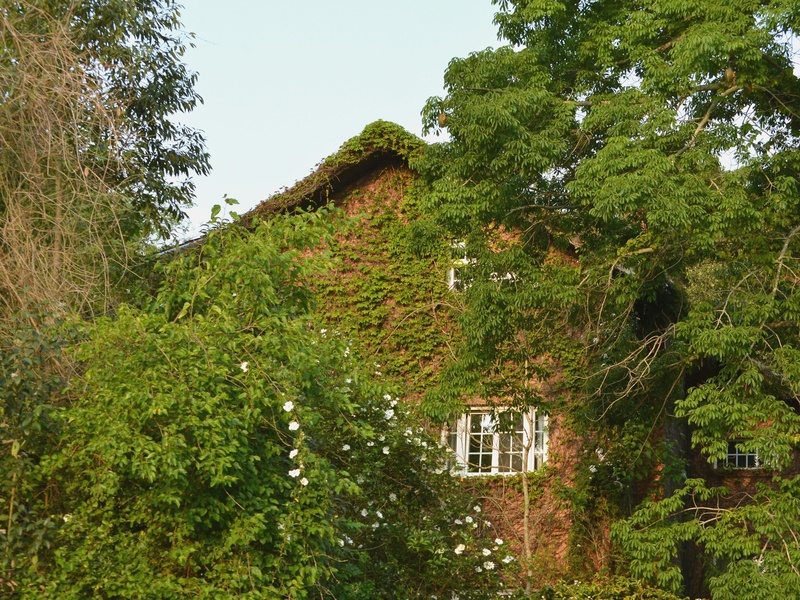
Shadwell Great House
Shadwell Great House is a historic property on St. Kitts, once part of a large sugar plantation. The architectural style of the great house reflects the wealth and power of the planter class. It offers a glimpse into colonial domestic life. The house is an important example of plantation architecture.
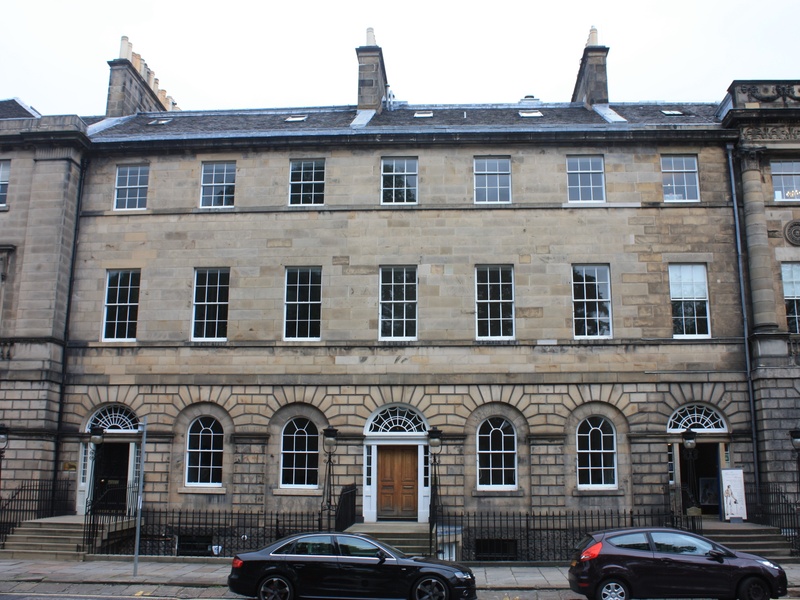
The Georgian House
The Georgian House is a well-preserved historic residence in Basseterre, St. Kitts. Its architecture showcases the distinctive Georgian style common in the colonial era. The house provides insight into the living standards of wealthier residents. It is a fine example of period housing.

Amazing Grace Experience
The Amazing Grace Experience is a historical site on St. Kitts related to the life of John Newton, author of ‘Amazing Grace.’ It explores his connection to the slave trade and his later abolitionist views. This site offers a unique perspective on the transatlantic slave trade and its impact.
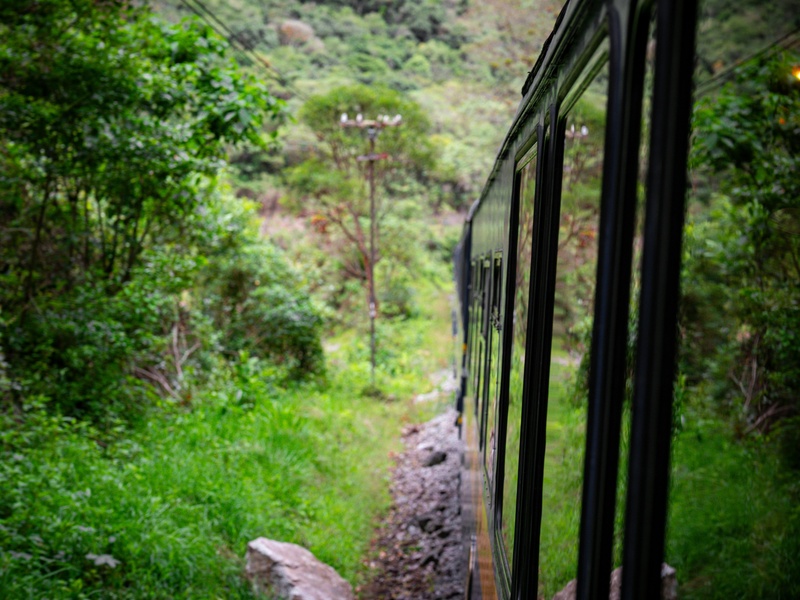
St. Kitts Scenic Railway
The St. Kitts Scenic Railway utilizes the historic narrow-gauge railway that once transported sugar cane around the island. This railway offers a unique way to experience the island’s history and scenery. It is a testament to the island’s industrial past. The railway transforms a historical utility into a visitor experience.
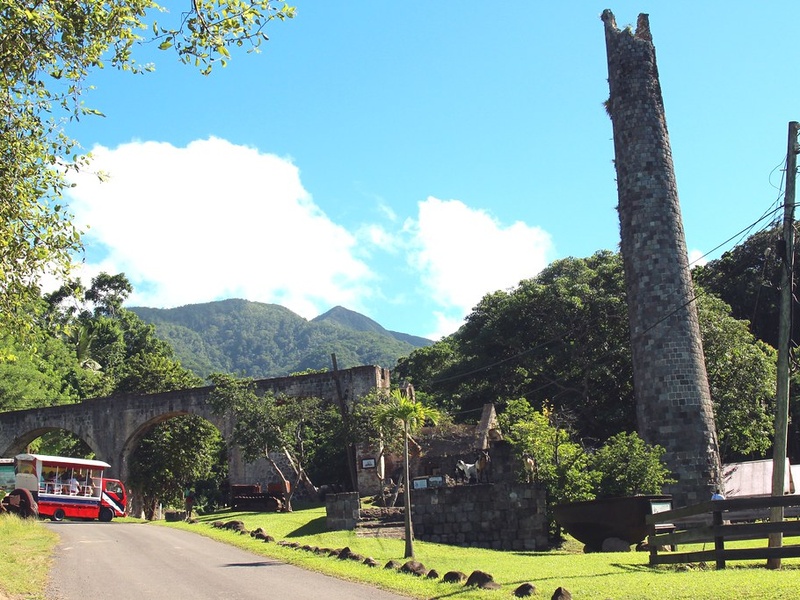
St. Kitts Sugar Factory
The St. Kitts Sugar Factory was once the heart of the island’s sugar industry. Although no longer in operation, its iconic chimney stack remains a landmark. The factory represents a major era in the island’s economic history. Its existence tells the story of large-scale sugar production.
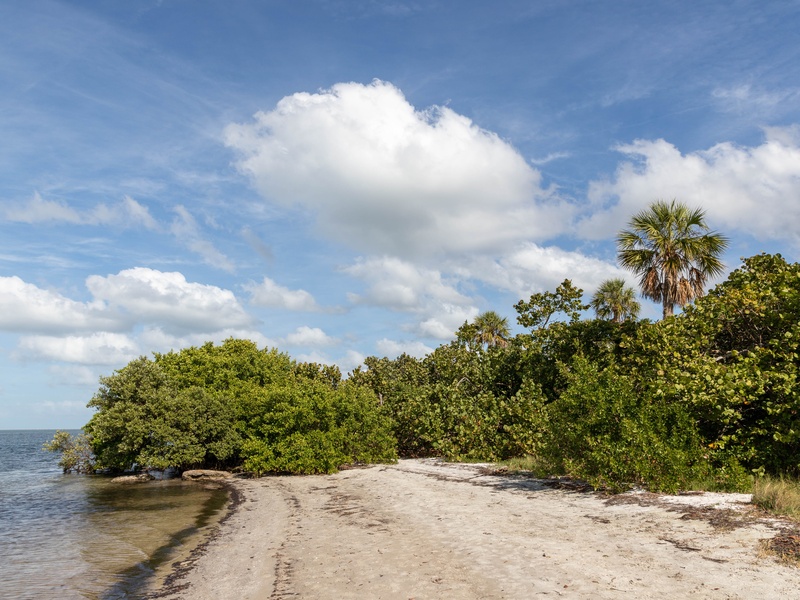
Palmetto Point
Palmetto Point is a historically significant coastal area on St. Kitts. It was an early landing site for European settlers. The point played a role in the initial colonization of the island. Its strategic location made it important in early maritime activity.
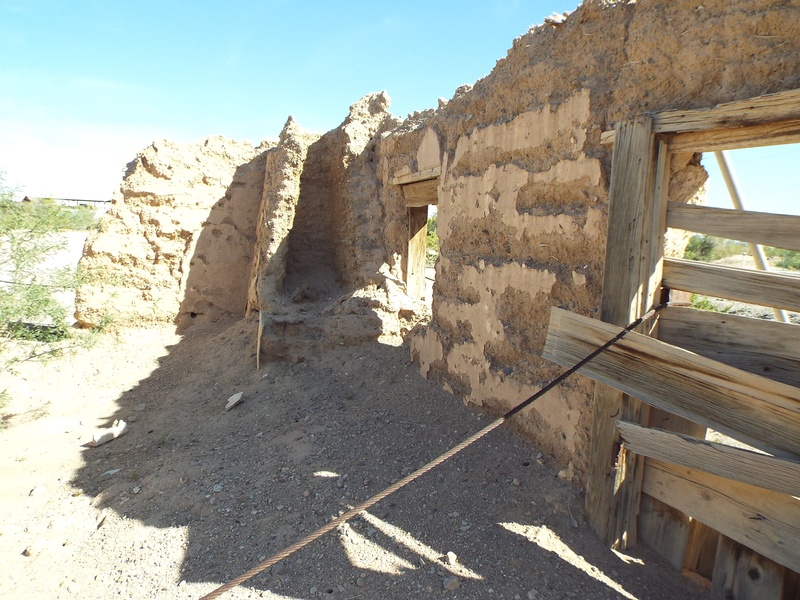
Fort Tyson
Fort Tyson is a historic fort ruin located on St. Kitts. It was part of the island’s extensive network of coastal defenses. The remaining structures indicate its past military importance. Its purpose was to protect the island from naval attacks.
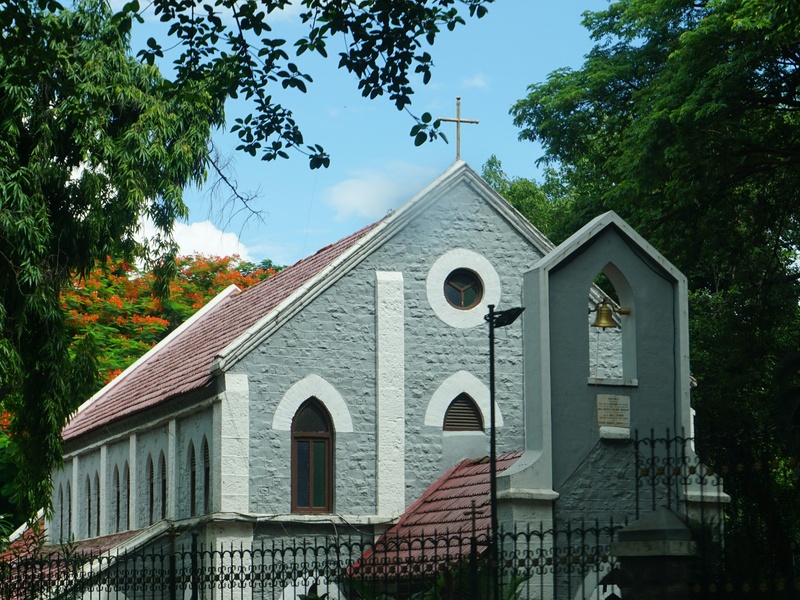
St. Anne’s Anglican Church, Sandy Point
St. Anne’s Anglican Church in Sandy Point is an old church with significant historical ties. It has served the local community for centuries. The church reflects the enduring presence of the Anglican faith. Its history is deeply rooted in the Sandy Point community.
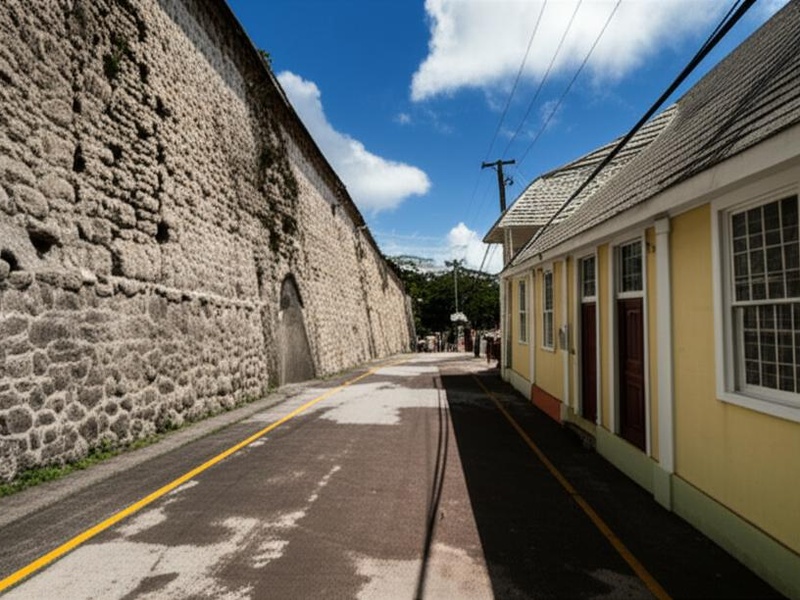
College Street Ghaut
College Street Ghaut is a historically significant waterway in Basseterre, St. Kitts. It played a role in the city’s early development and infrastructure. Waterways like this were crucial for transporting goods and people. It represents an important aspect of early urban planning.
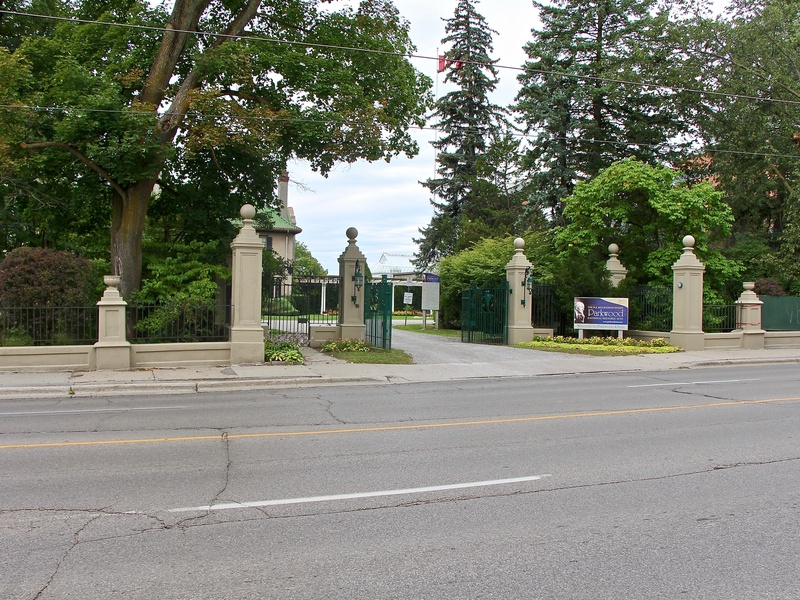
Canada Estate
Canada Estate is a former sugar plantation on St. Kitts. Its ruins and history contribute to the understanding of the island’s plantation economy. The estate is part of the widespread agricultural development during the colonial period. It offers insight into the scale of sugar cultivation.
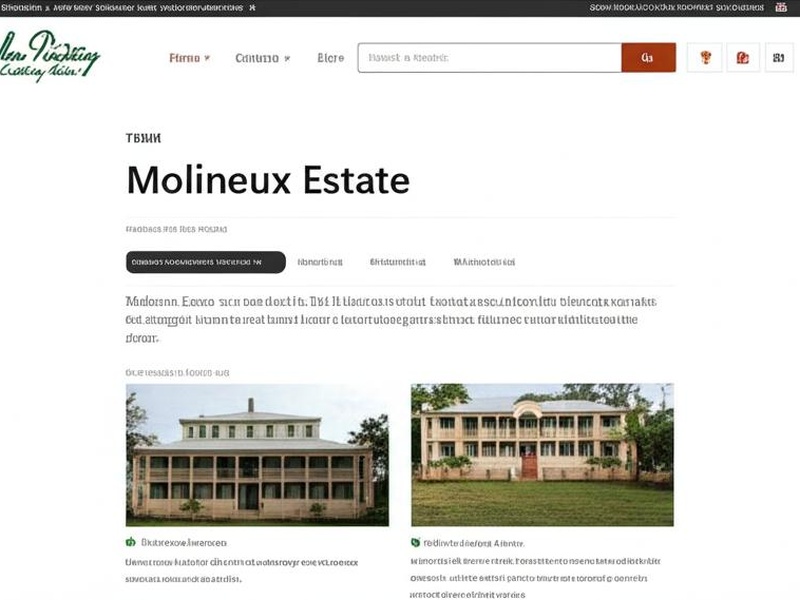
Molineux Estate
Molineux Estate is another significant sugar plantation on St. Kitts. The site’s historical remnants provide clues about its past operations. It represents the labor and wealth generated by the sugar industry. Its history is typical of the island’s plantation heritage.
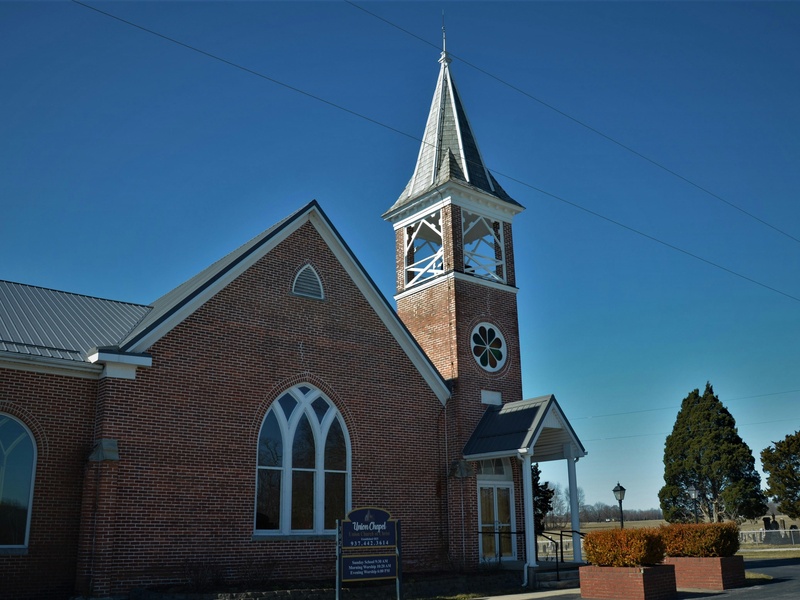
Christ Church Nichola Town Anglican Church
Christ Church Nichola Town Anglican Church is a historic place of worship on St. Kitts. It reflects the deep-rooted religious traditions of the island. The church’s long history is intertwined with the community of Nichola Town. It is an enduring spiritual landmark.
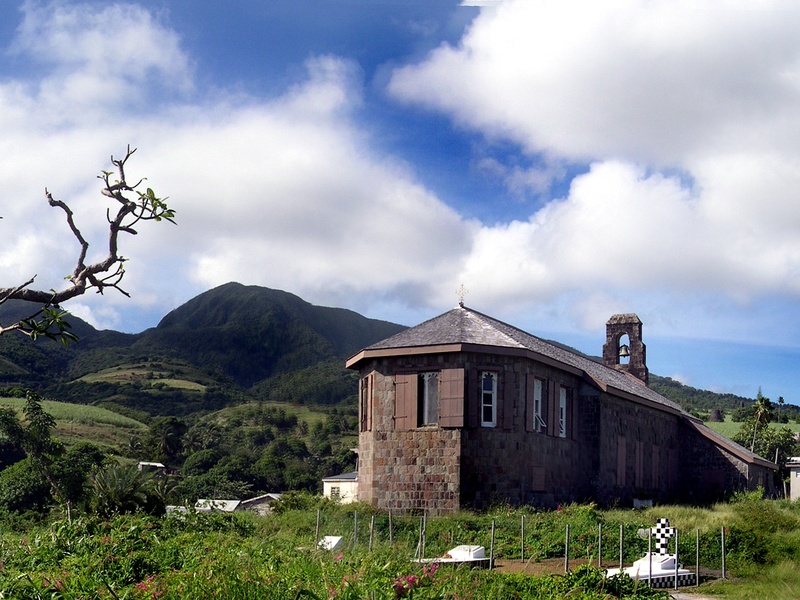
St. Mary’s Anglican Church, Cayon
St. Mary’s Anglican Church in Cayon is a historic church on St. Kitts. It has served the Cayon community for many years. The church’s presence signifies the historical importance of faith in daily life. It is a cherished part of the local heritage.
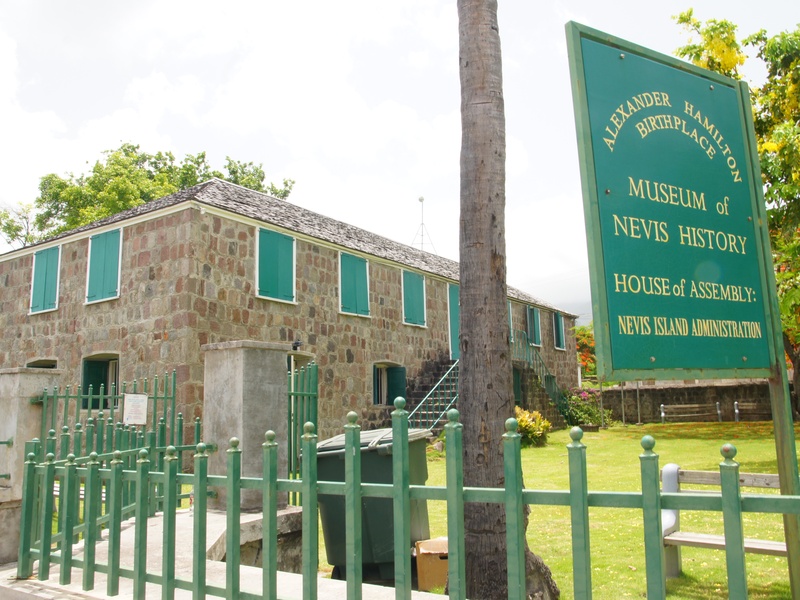
Alexander Hamilton Birthplace
Alexander Hamilton Birthplace is on Nevis. The site is believed to be the birth location of one of America’s Founding Fathers, Alexander Hamilton. It is now a museum dedicated to his life and the island’s history. This historical place connects Nevis to global historical figures.
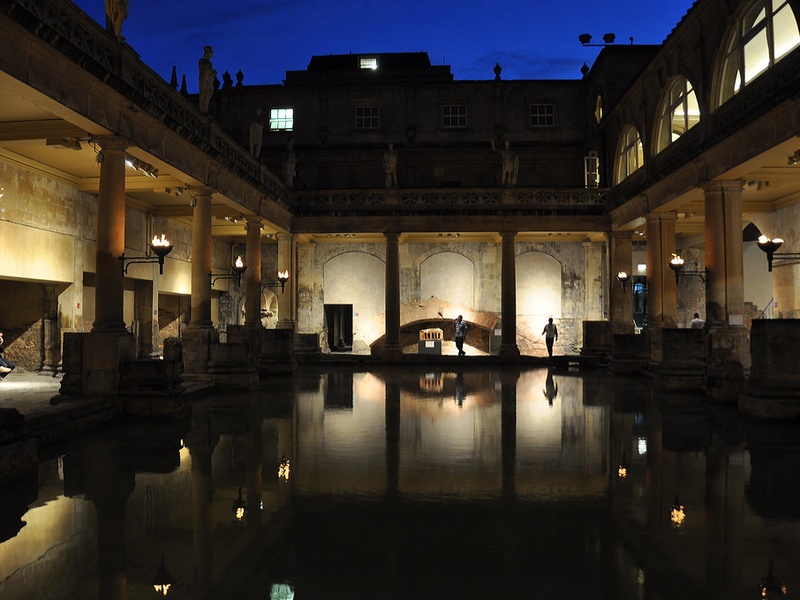
Bath Hotel and Spring House
The Bath Hotel and Spring House on Nevis is the Caribbean’s first-ever hotel, opened in 1778. It was famous for its natural therapeutic hot springs. The hotel represents early tourism and leisure in the region. It showcases a unique aspect of Nevisian social history.
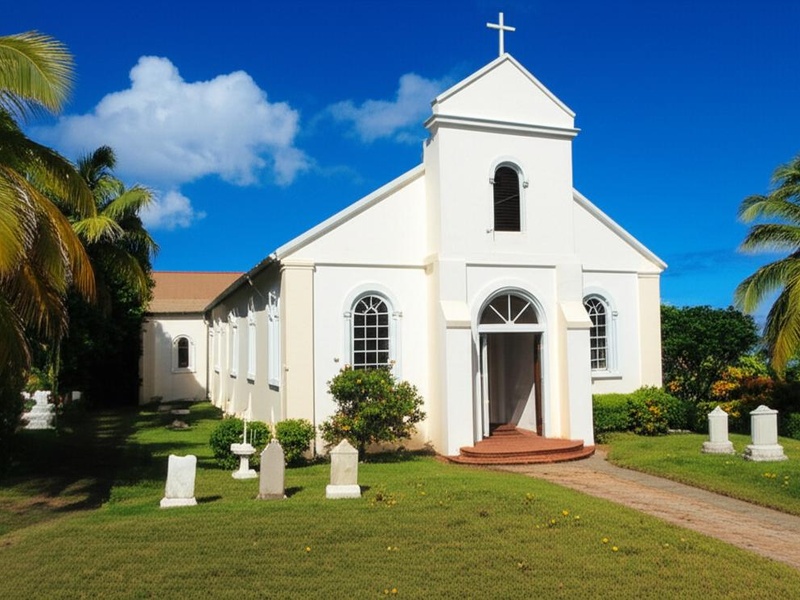
St. John’s Figtree Anglican Church
St. John’s Figtree Anglican Church on Nevis is a historically significant church. It is famous as the location where Horatio Nelson married Fanny Nisbet in 1787. The marriage register is still preserved here. This historical spot links Nevis to an iconic naval figure.
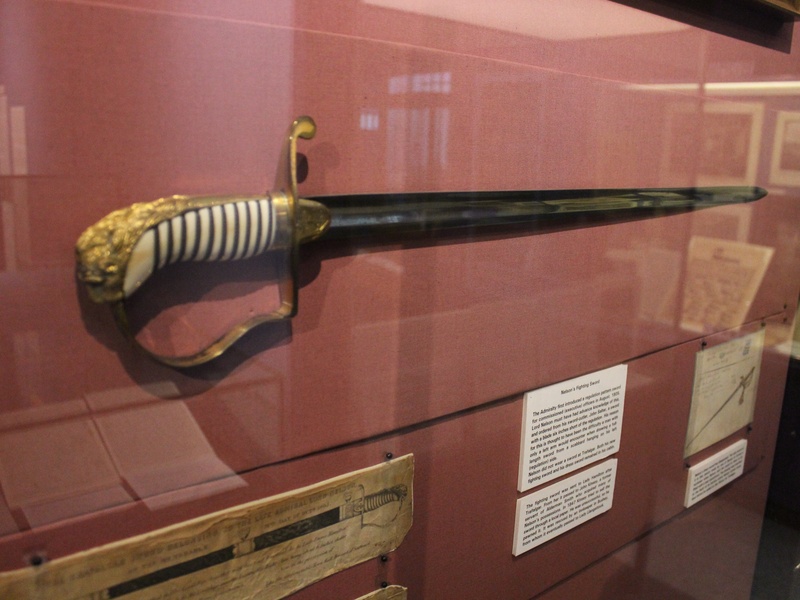
Horatio Nelson Museum
The Horatio Nelson Museum on Nevis is dedicated to the famous British Admiral Lord Horatio Nelson. It highlights his time on the island and his marriage there. The museum is a key site for understanding Nelson’s personal history. This museum is pivotal for those interested in naval history and its ties to Nevis.
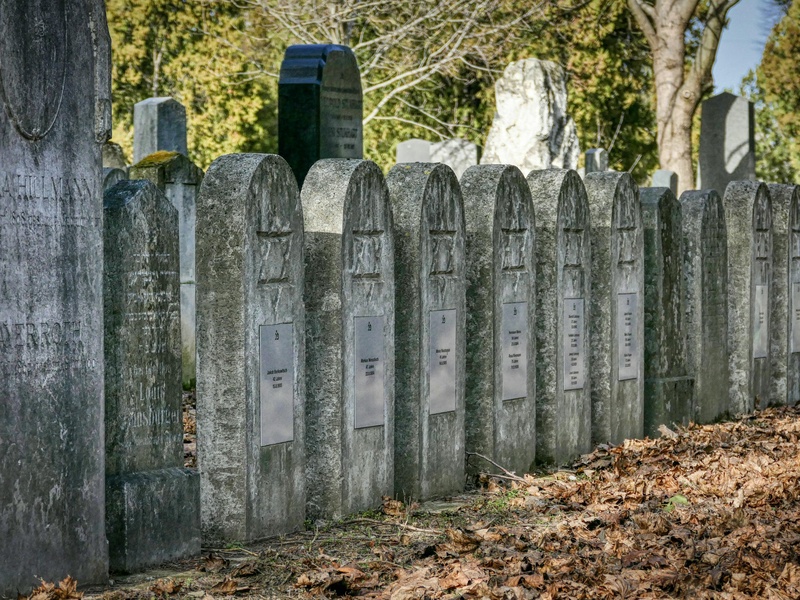
Jewish Cemetery
The Jewish Cemetery on Nevis is an ancient burial ground. It dates back to the 17th century and serves as a testament to the island’s early Jewish community. The cemetery is one of the oldest Jewish cemeteries in the Caribbean. It sheds light on the diverse historical population of Nevis.
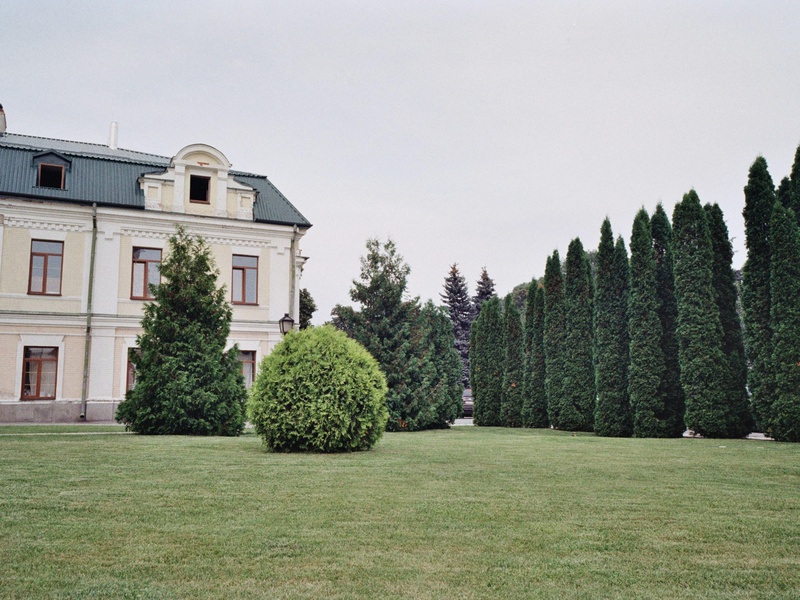
Montpelier Estate
Montpelier Estate on Nevis is a historic plantation. It was the site of Lord Nelson’s marriage to Fanny Nisbet. The estate offers a glimpse into Nevisian plantation life and its social connections. Its significance is directly tied to a famous historical event.
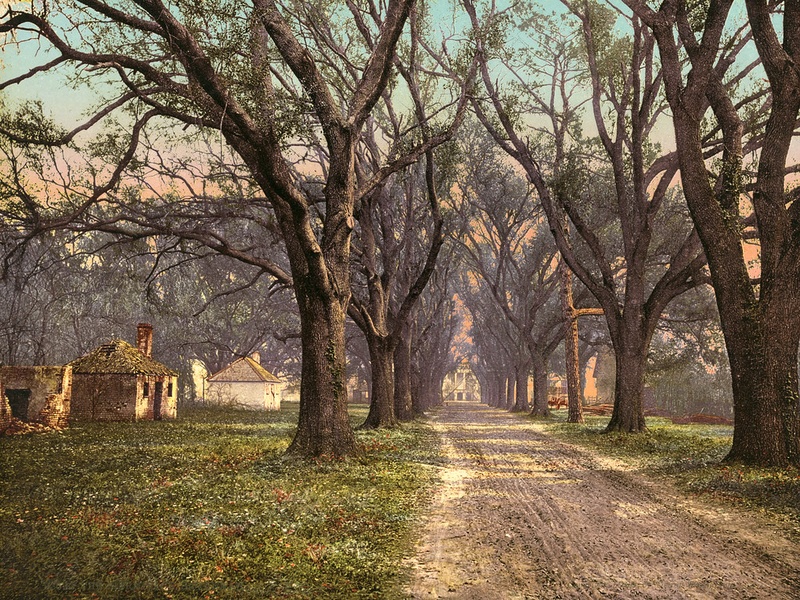
The Hermitage Plantation
The Hermitage Plantation on Nevis is one of the oldest and best-preserved wooden houses in the Caribbean, dating to 1670. It operates as an inn, but its historical architecture is intact. The plantation showcases traditional Nevisian building styles. It is a remarkable example of historical preservation.
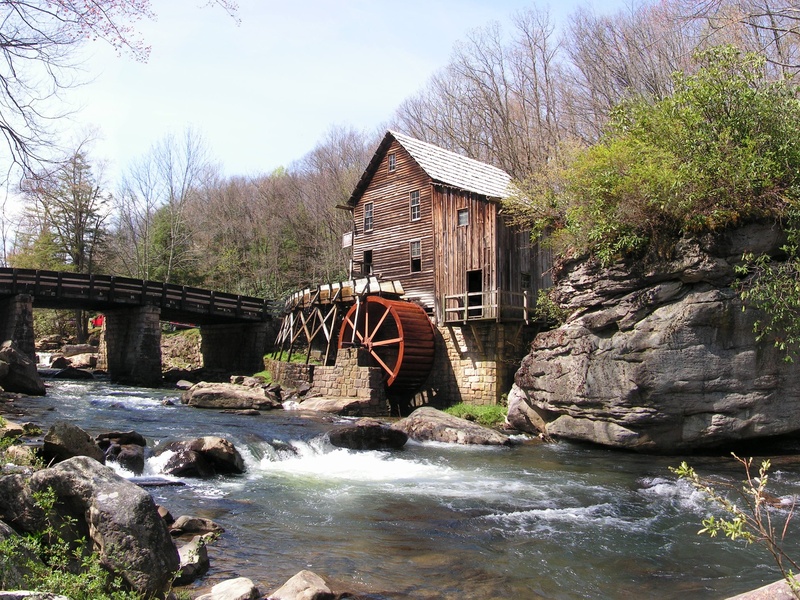
New River Estate
New River Estate on Nevis is a historic sugar plantation ruin. It provides insight into the workings of a large sugar estate. The ruins of its machinery and buildings are still visible. This site is very informative for understanding Nevis’s sugar industry.
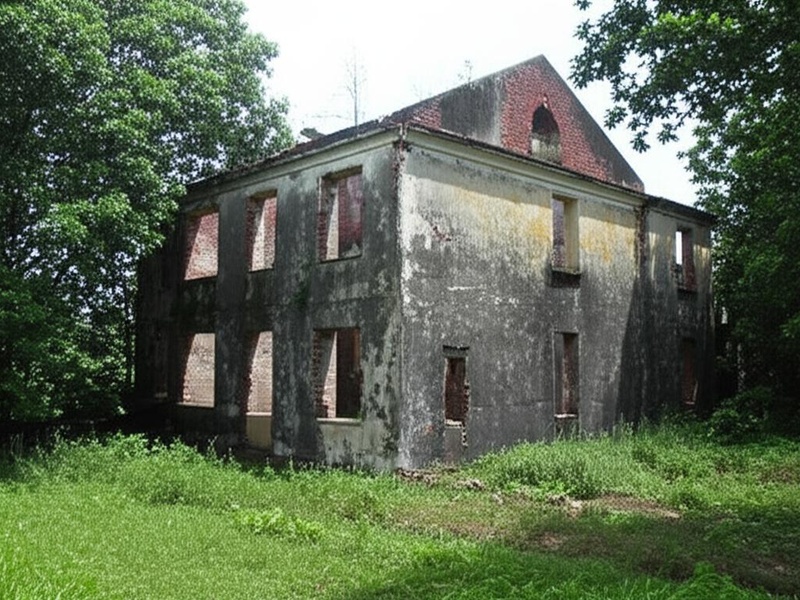
Eden Brown Estate
Eden Brown Estate on Nevis is the site of a ruined 18th-century plantation great house. It is known for its ghost story and tragic history. The estate offers a dramatic example of Nevisian plantation ruins. Its folklore adds a unique layer to its historical appeal.
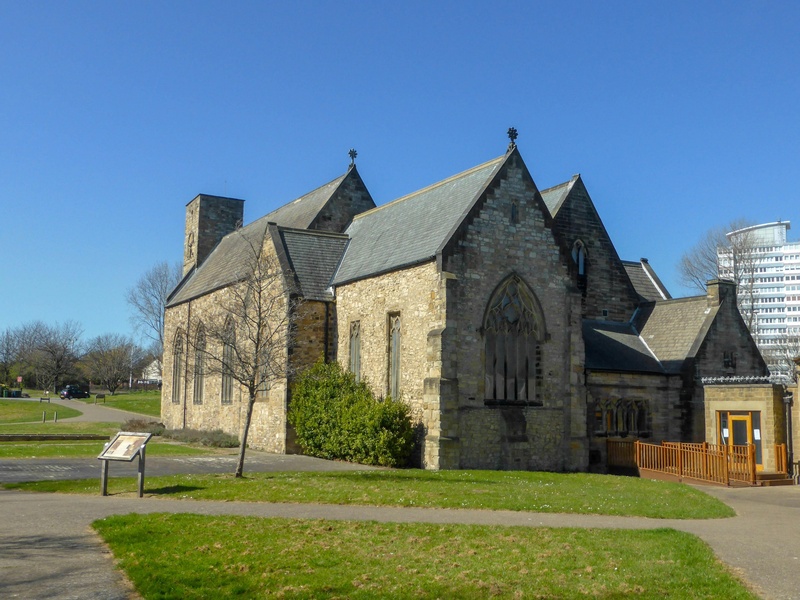
St. Thomas’ Anglican Church, Lowland
St. Thomas’ Anglican Church in Lowland, Nevis, is one of the island’s oldest churches. Its historical architecture and records offer insight into colonial religious life. The church has served the community for centuries. It reflects the enduring spiritual life of Nevis.
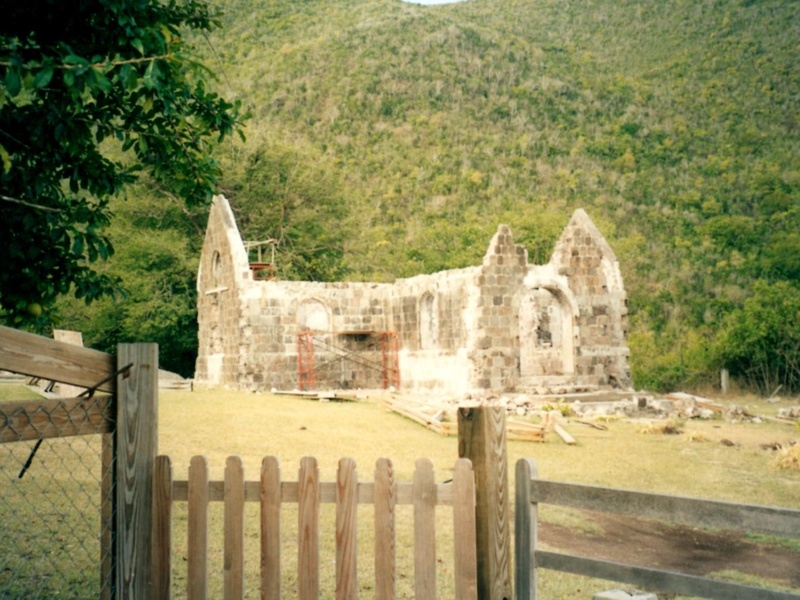
Cottle Church
Cottle Church on Nevis is a historic ruin built in 1824. It was the first church in the Caribbean where enslaved people could worship alongside their masters. This site symbolizes an early attempt at social reform. Its history is significant for understanding the transition away from slavery.
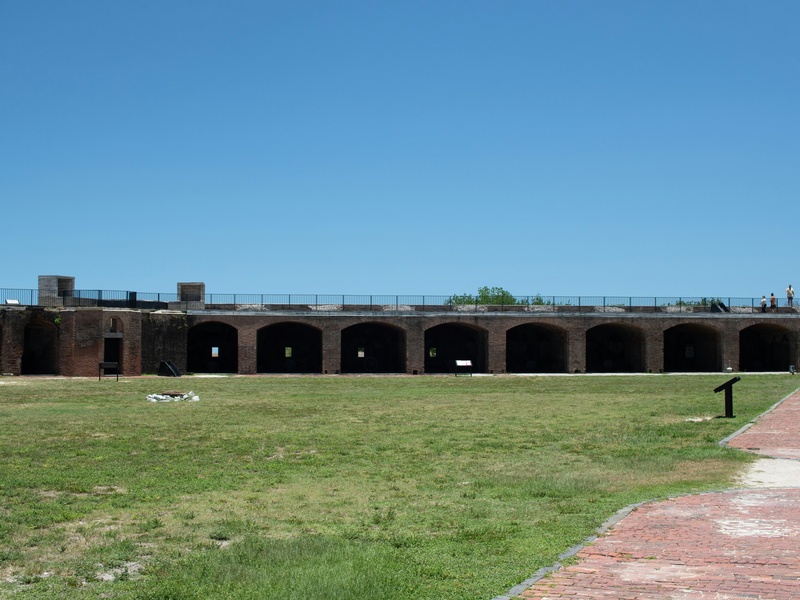
Fort Ashby
Fort Ashby is a historic fort ruin on Nevis. It was one of the island’s early coastal defenses. The remains give a sense of Nevis’s historical need for protection. It reminds visitors of the island’s strategic military past.
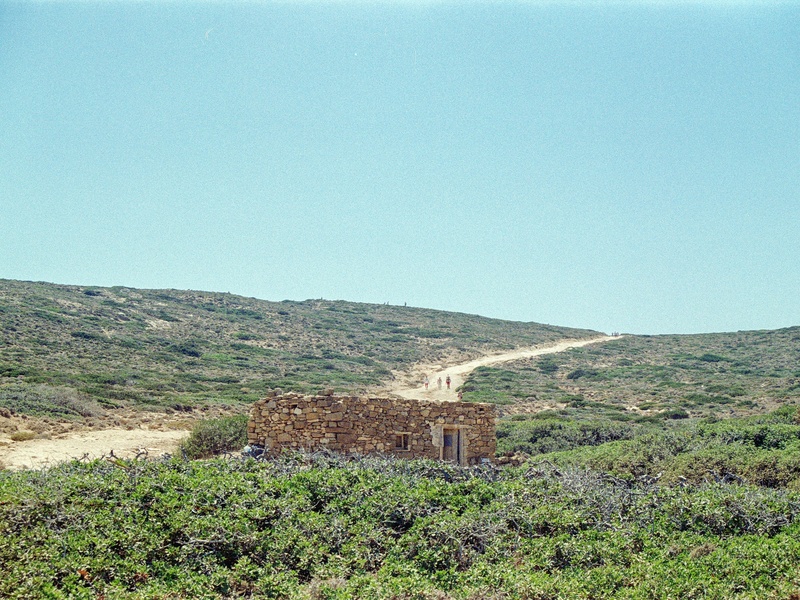
Saddle Hill Battery
Saddle Hill Battery on Nevis is a well-preserved colonial fortification. It offers panoramic views and strategic insights into historical defense. The battery played a key role in protecting Charlestown. Its position and design highlight its military purpose.
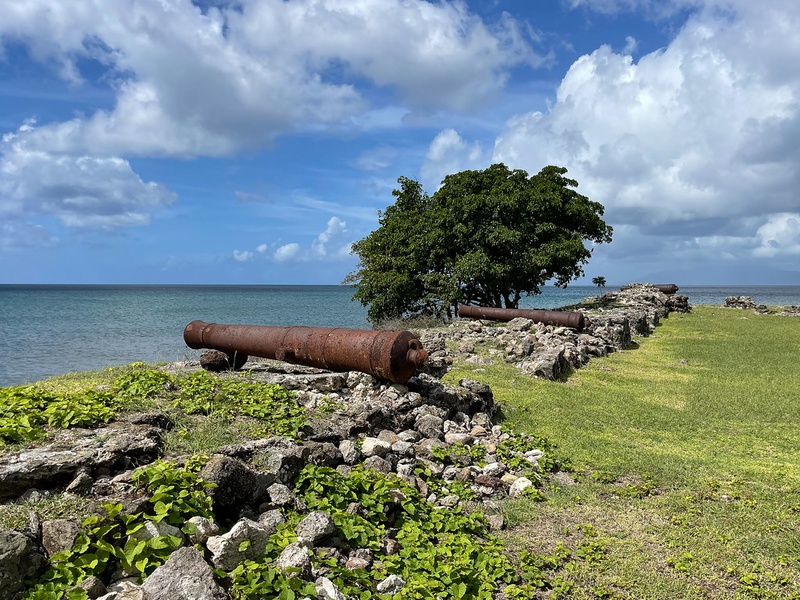
Fort Charles, Nevis
Fort Charles on Nevis is a significant coastal fortification. It dates back to the 17th century and was crucial for protecting Charlestown harbor. The fort’s ruins provide a glimpse into military architecture. It is an important part of Nevis’s defensive history.
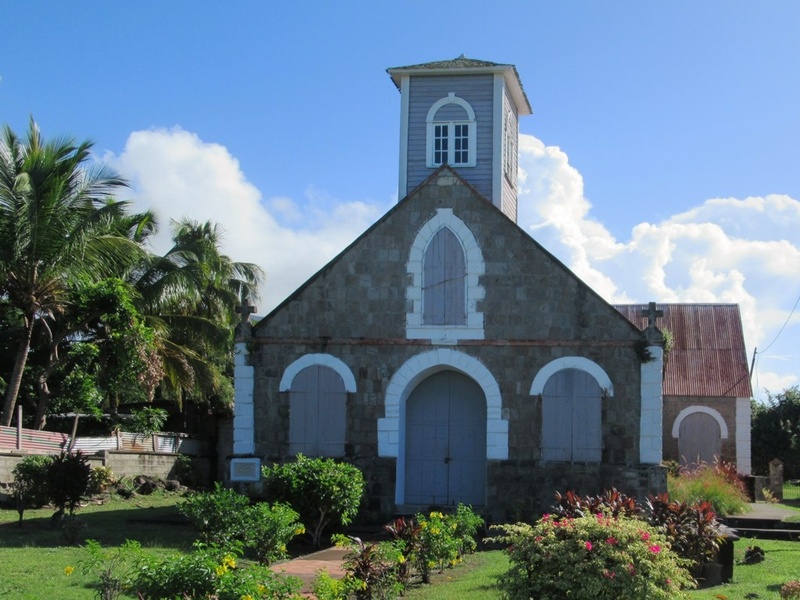
St. Paul’s Anglican Church, Charlestown
St. Paul’s Anglican Church in Charlestown, Nevis, is a charming and historically rich church. It is a central part of Charlestown’s historical landscape. The church has long been a spiritual hub for the island’s capital. Its history is intertwined with the town’s development.
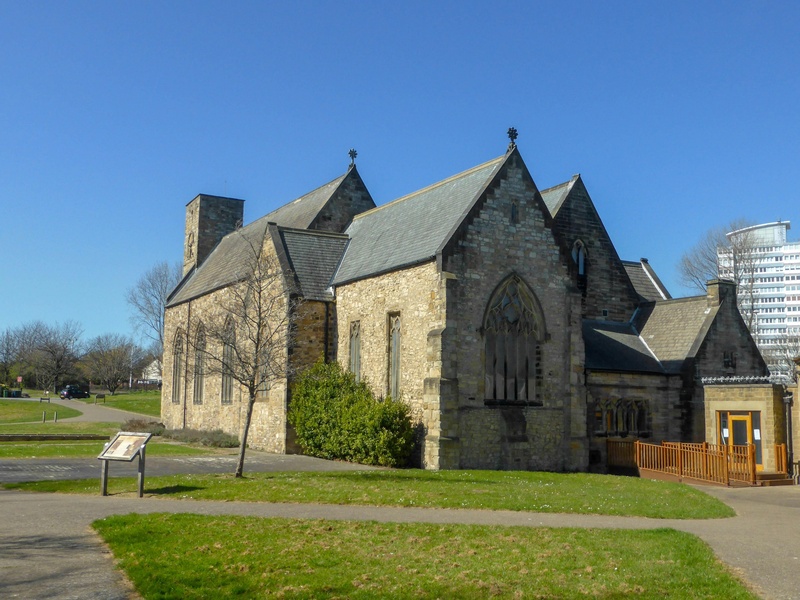
St. George’s Anglican Church, Gingerland
St. George’s Anglican Church in Gingerland, Nevis, is a historic church known for its beautiful setting. It is one of the island’s oldest churches. The church serves as a testament to the enduring faith of the Nevisian people. Its presence marks a long-standing community.
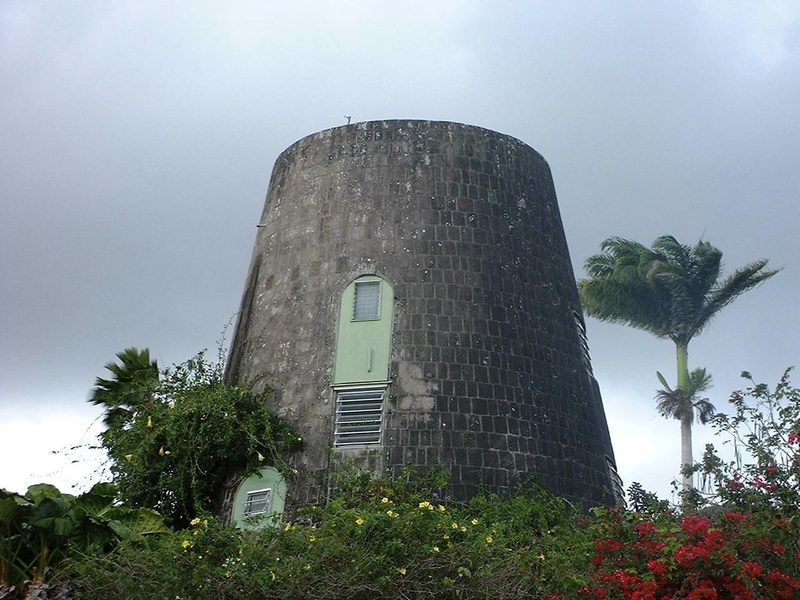
Golden Rock Estate
Golden Rock Estate on Nevis is a former sugar plantation, now a boutique hotel. The estate preserves many of its historical structures and original charm. It represents the transformation of historical properties for tourism. Its beautiful architecture reflects its past grandeur.
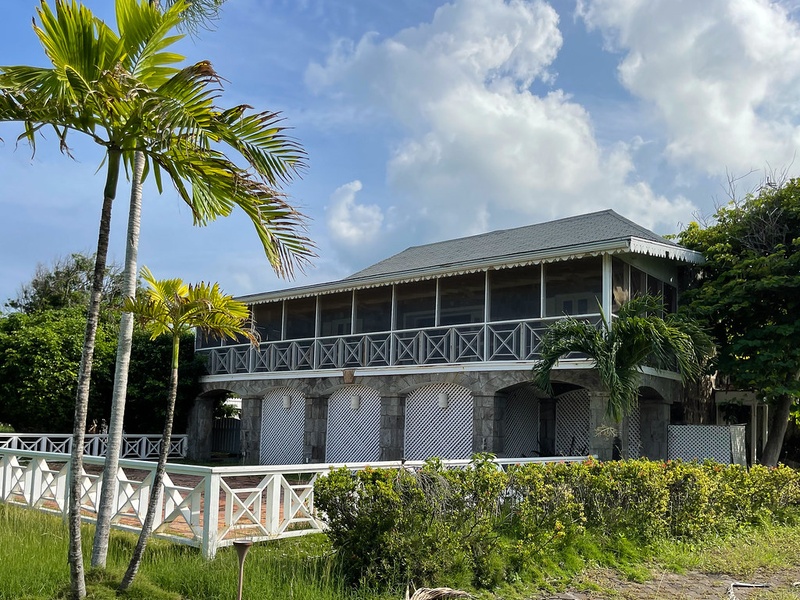
Nisbet Plantation
Nisbet Plantation on Nevis is a historic coconut plantation that has been converted into an exclusive beach resort. The former great house and avenue of palm trees maintain a strong sense of its past. It highlights the adaptive reuse of historical estates. This site merges history with luxury.
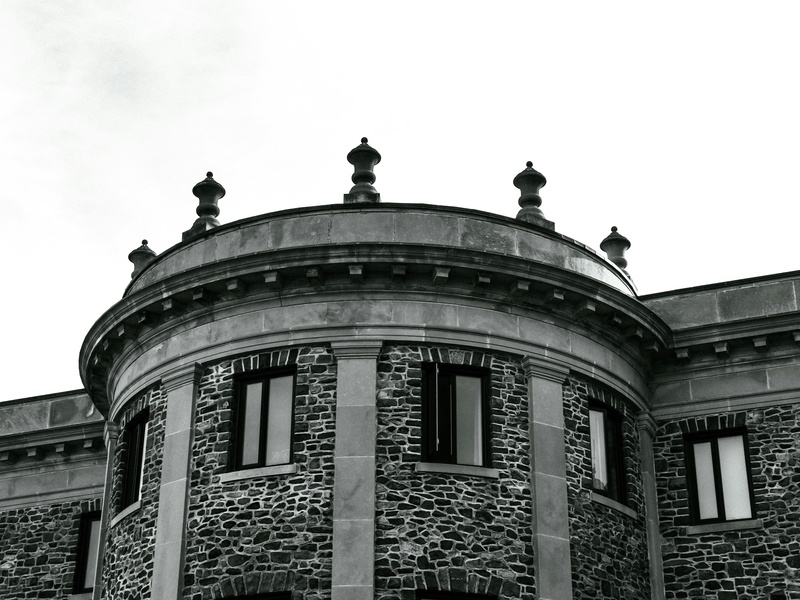
Charlestown Court House
Charlestown Court House on Nevis is a significant historical building in the island’s capital. It houses government offices and legal chambers. The architecture reflects the colonial administrative style. It has been a center of Nevisian governance for many years.
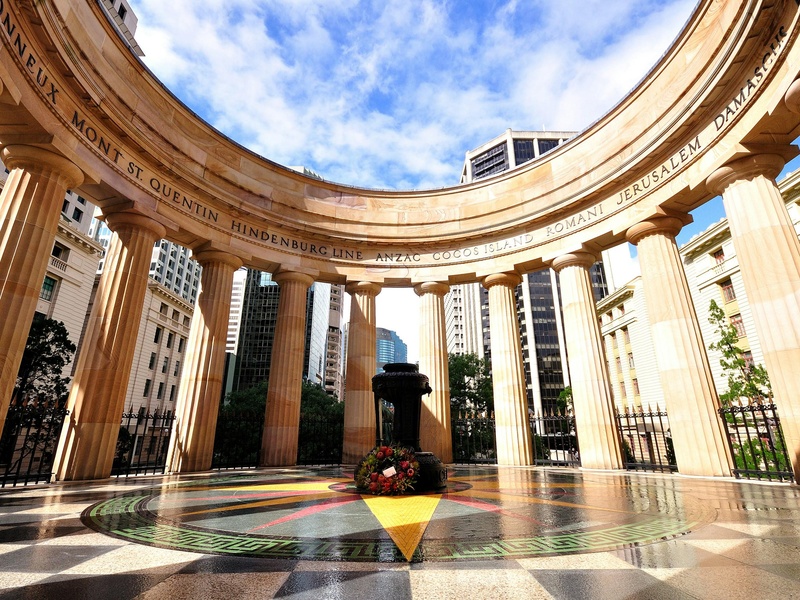
Memorial Square
Memorial Square in Charlestown, Nevis, is a central public space. It commemorates Nevisian soldiers lost in World Wars I and II. The square serves as a place for remembrance and reflection. It highlights the island’s contributions to global conflicts.
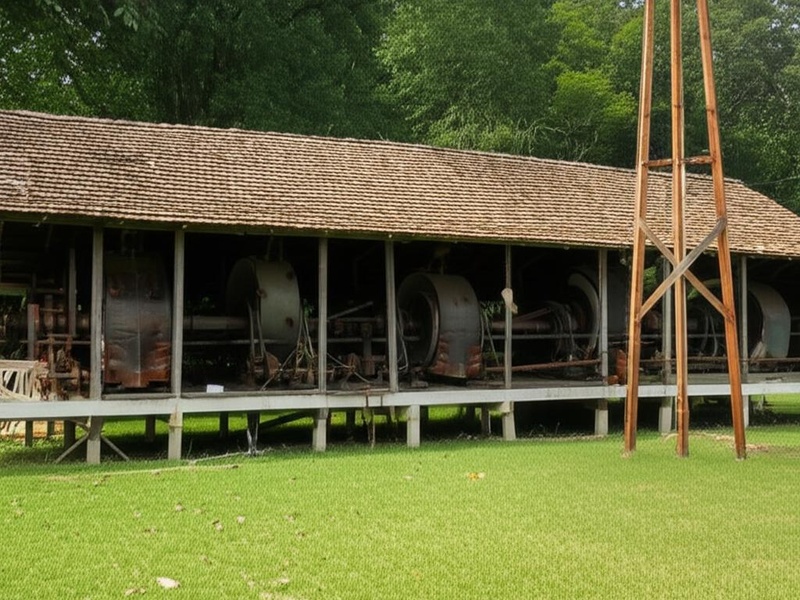
Morgan Estate
Morgan Estate on Nevis is a historical plantation site. Its ruins provide evidence of the island’s enduring sugar cultivation. The estate contributes to the narrative of Nevis’s plantation economy. It is one of many sites reflecting the era of large-scale agriculture.
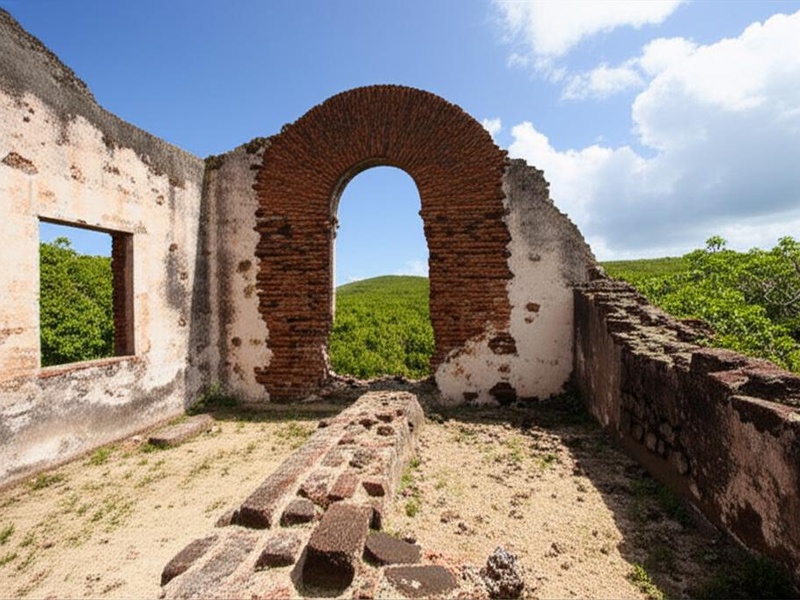
Pinney’s Estate
Pinney’s Estate on Nevis is a historic plantation that once dominated a large area of the island. While now home to a famous beach, the historical aspect remains. The estate’s history is crucial for understanding Nevis’s economic past. It connects a popular present-day spot with its historical roots.
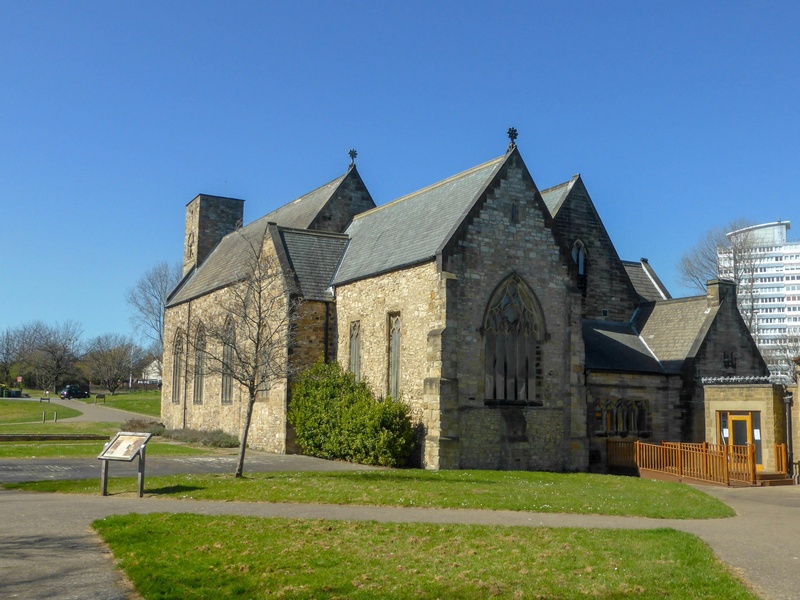
St. James Anglican Church, Windward
St. James Anglican Church in Windward, Nevis, is a historic church with a long-standing presence. It has served the Windward community for generations. The church’s architecture and records reflect its age and significance. It is a vital part of the island’s devotional history.

Nevis Slave Market Site
The Nevis Slave Market Site is a somber historical location in Charlestown. It marks where enslaved people were traded. This site is crucial for understanding the horrors of the slave trade on the island. It serves as a reminder of a dark period in Nevisian history.
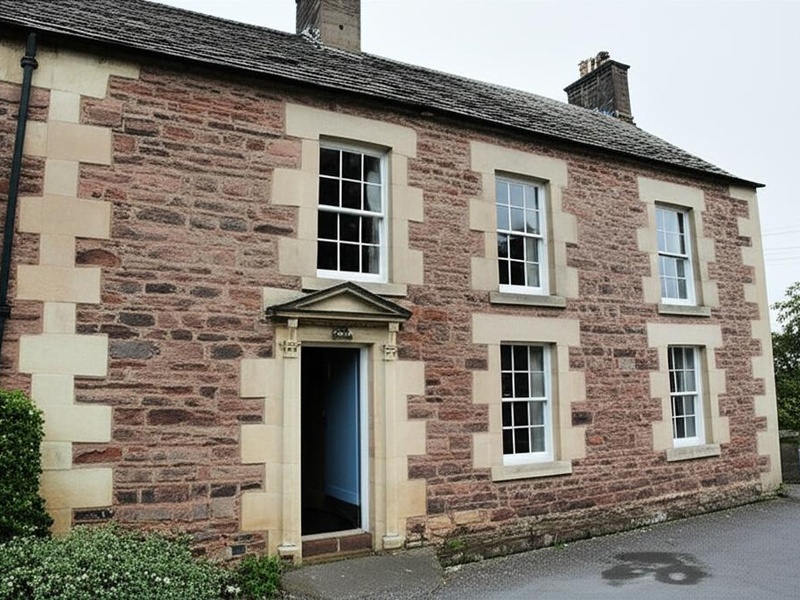
Butler’s Manse
Butler’s Manse on Nevis is a historic residence once home to a prominent Nevisian family. The architecture reflects the lifestyle of the island’s historical elite. It offers a glimpse into colonial domestic life. This house helps illustrate the island’s social structure.
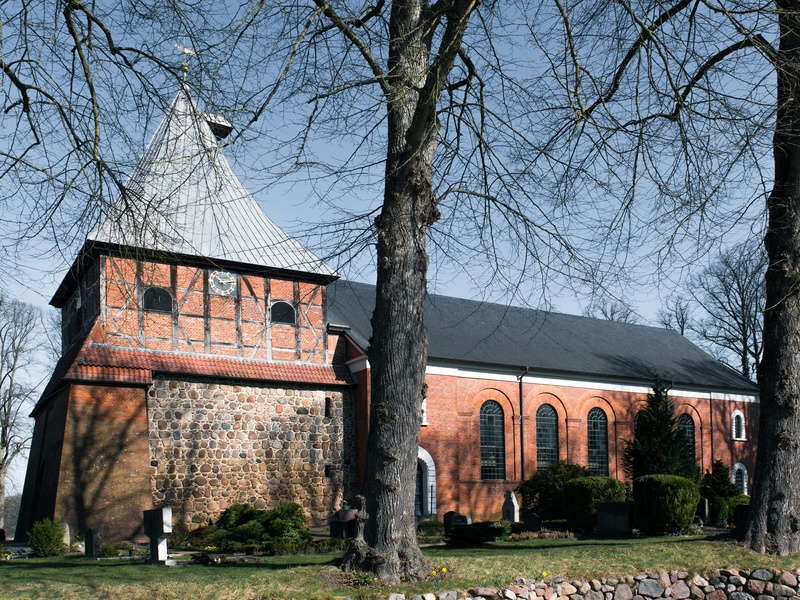
Gingerland Methodist Church
Gingerland Methodist Church on Nevis is a historic place of worship. It represents the enduring presence of Methodism on the island. The church has played a role in the spiritual and community life of Gingerland. Its long history is tied to the development of the area.
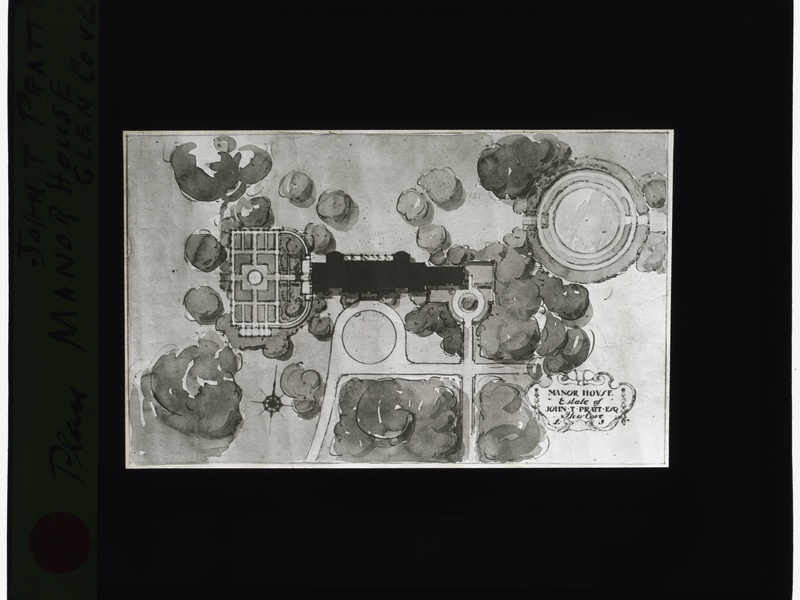
Old Manor Estate
Old Manor Estate on Nevis is a historic plantation, now a boutique hotel. It features historical buildings and lush gardens. The estate combines historical preservation with modern hospitality. It is a beautiful example of Nevisian architectural heritage.
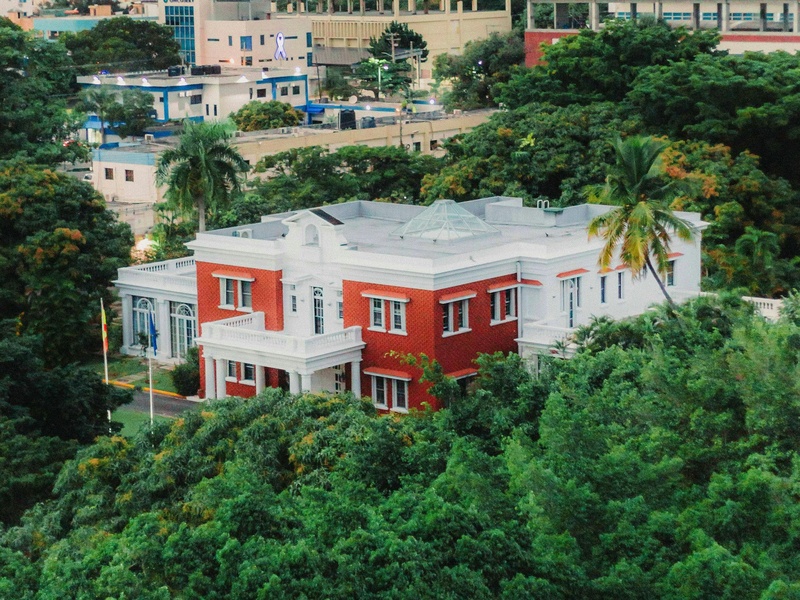
Government House, Nevis
Government House on Nevis is a historic official residence. It serves as the residence of the Governor-General’s Deputy on Nevis. The building symbolizes the island’s governmental structure and history. Its architecture is representative of colonial administrative buildings.

